I got my first medium format camera, a Mamiya 645 1000s, in 2017. It was a leap in quality and big change of workflow compared to 35mm; my process became slower, more contemplative, framing and composition became more thorough and the resulting photos became better.
I began with one lens: the 80mm f/1.9, and after some time I acquired my “usual set”, the 45mm f/2.8 for landscapes and 150mm f3.5 for tight headshots. However, not everything was flowers and candies. I had my own struggles that peaked during one portrait session, where I realized that I lose concentration and workflow of shooting because I fiddle too much with changing lenses – I was spending too much time thinking which one will suit the frame better. I also struggled too much the landscape orientation of camera. Finally, I felt that I wasn’t getting a true medium format “look” – to me 645 is great, but it just looks like slightly higher quality 35mm. I wanted the real medium format look – the look that I start to see from 6×6, 6×7, 6×8…
I began to grasp the idea that “less is more” and started to wonder what TLR with 6×6 and one fixed lens would give to me – I was expecting better MF look, and more concentration on scene, not on equipment. During the time of this contemplation, I got an unexpected message from a fellow photographer asking if I would be interested in selling Mamiya. Oh yes, I did! That was the trigger to depart from 645, and I started to dig deeper into the idea of a TLR.
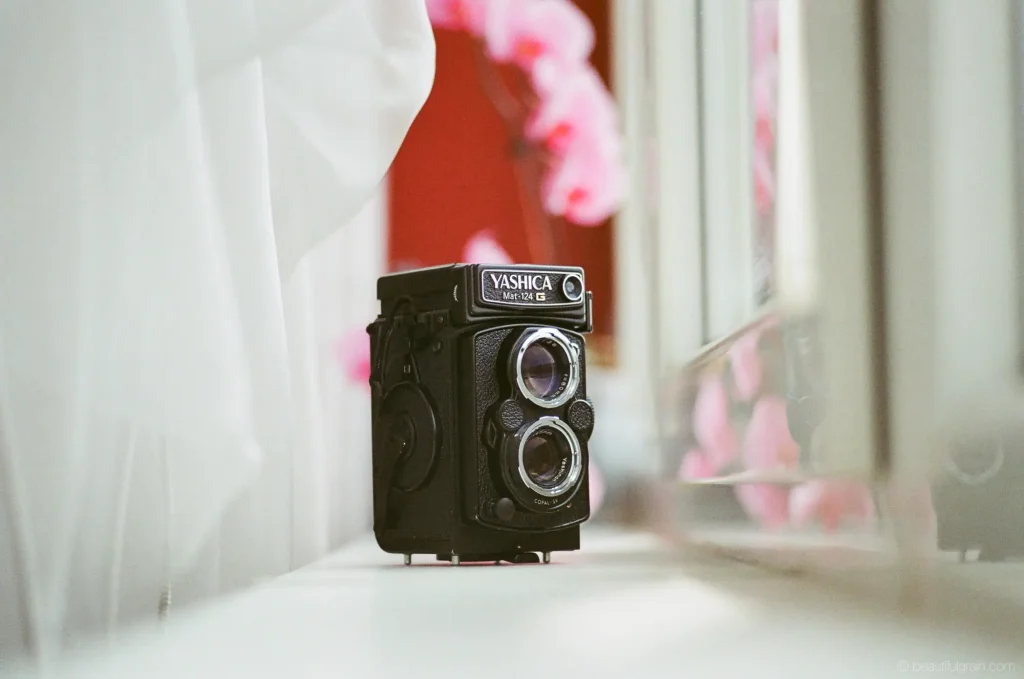
The Yashica MAT 124G
The Yashica MAT 124G looked to me to be a good option. It has a lot of good reviews, good lens, a legend of it being a strong “rival to the Rolleiflex” and a reasonable price on market. So I gave it a go. And by the way, it’s beautiful machine itself too!
The Gains and Pains
Some things went as expected. To be limited in equipment – in most cases – is a very good thing. I had better concentration on the scene due to fact that I had no need, or even possibility to change the lenses. There is no necessity to pick vertical or horizontal composition – all you have is square. Though I did have to train the eye to see composition in square.
The biggest gain is that I left the entire “what lenses to take with me, what lens should I use for this shot” headache behind me. That, again, means one important thing – I can look at the scene, analyze it, change the angle or position of the camera, integrate model or subject into the scene, think about light, shoot, analyze results, improve, move forward. This left me with a real feeling of liberation!
And then there is that real good medium format look in the pictures…
Of course, there are drawbacks and limitations that I can hardly overcome. Limited spaces where I struggle to get everything into frame, limited close focus abilities, the slower f/3.5 lens demanding more light, blurring backgrounds into nonexistence is more difficult due to the close focus ability and smaller maximum aperture.
But none of those limiting factors makes me feel that I lost something with the Yashica MAT 124G – I gained more!
But me being me, still thinking about obstacles, started to dig a bit deeper and deeper and found a way, a way that changed an attitude to TLR as a “fixed lens camera” to “system camera”. Of course, it means back to old habits!
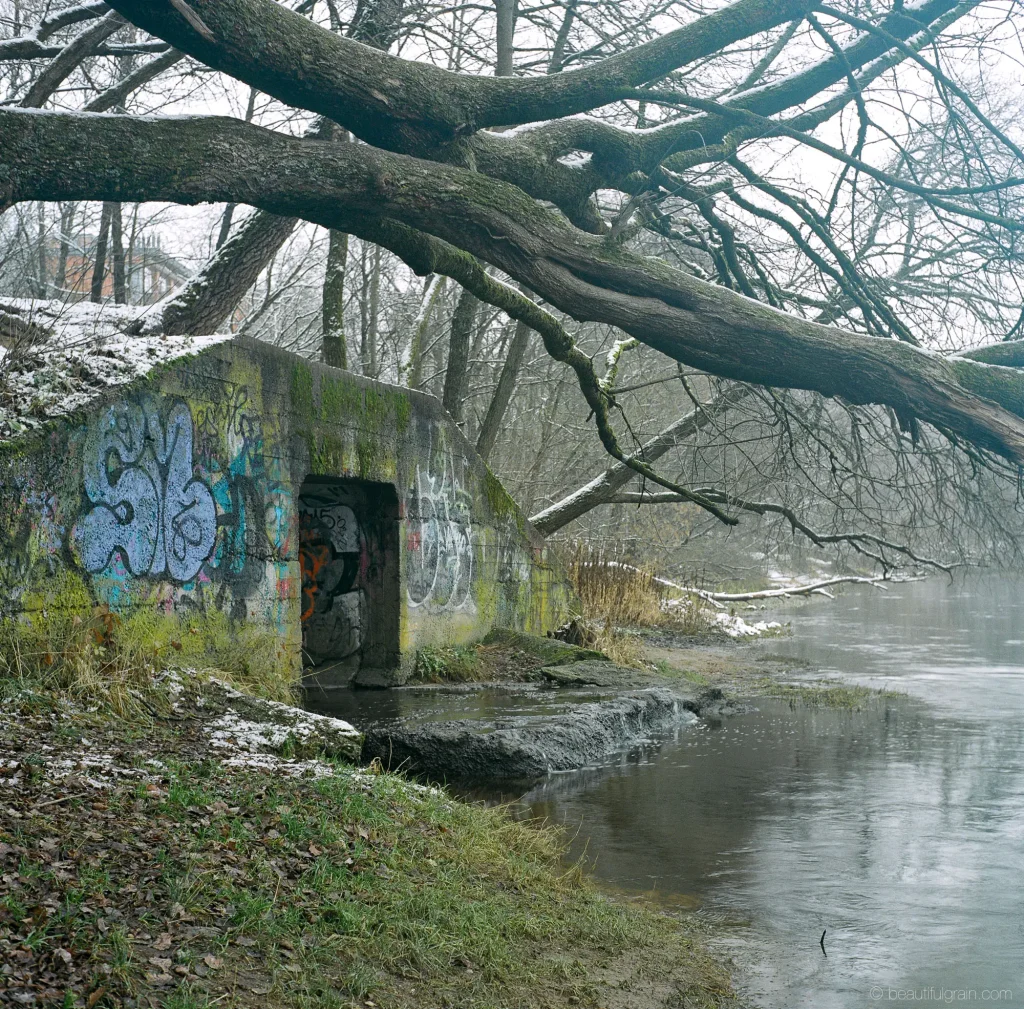
Back to old habits
I discovered that the Yashica had a lot of accessories for its line of 6×6 TLR’s. The good thing is that those accessories are compatible with almost all Yashica TLR models. Some of them are even quite affordable. The ones that I was interested in and got are:
- Lens hood. There are a lot of stories about Yashica MAT 124G lens flare. The short story is – use the hood. It helps.
- Circular polarizer filter. Simple add on, but helps to deal with reflections – and what is more important – sometimes helps to handle harsh daylight.
- Close Up lens. It helps to focus closer.
- Yashica auxiliary TELEPHOTO lens. Makes standard lens longer.
- Yashica auxiliary WIDE lens. Makes standard lens wider.
I will get back to the later three accessories in more detail after some talk about the standard camera and my story of getting it work for me. But I mention them now as it was the discovery of those add-ons that became the main motivator to write this article. At the point of gathering information – especially about the AUXILIARY WIDE and TELE lenses – I found information and sample photos very limited, so I got the idea that somebody could benefit from me writing up my wider experiences with this camera and all the extra kit I have bought for it.
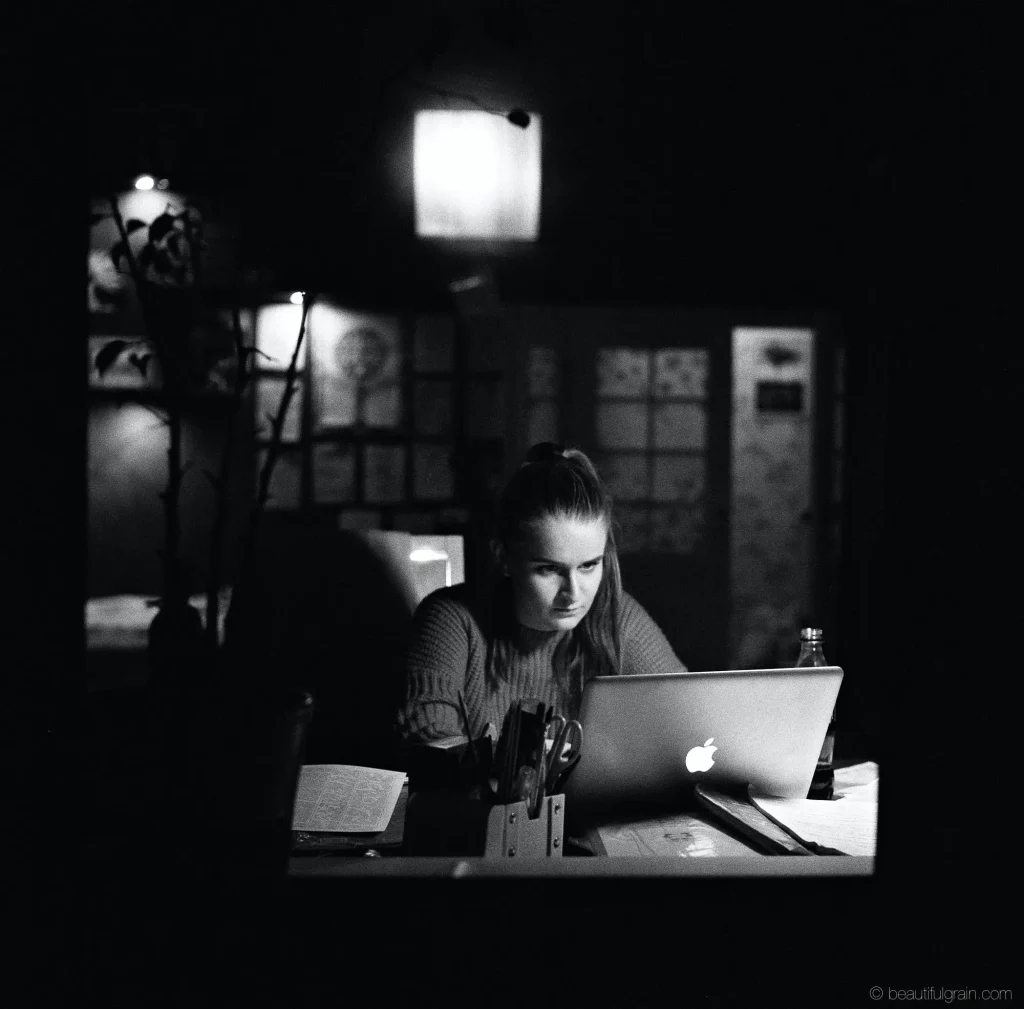
Body and controls
So, first of all, let’s return to basics and dig a bit deeper into standard camera, without all the add-ons.
The Yashica MAT 124G is built very sturdily and to what seems to me to be a high standards. All the controls are logical, easily accessible, and placed pretty much in the same places where one would look for them on almost any TLR.
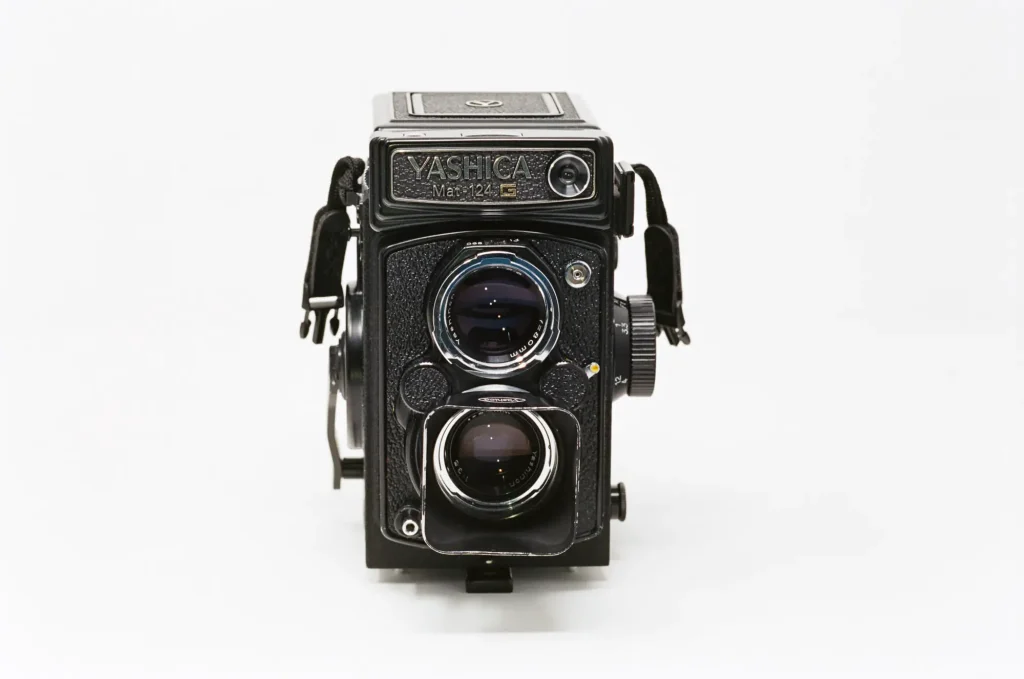
The front of the Yashica MAT 124G contains both viewing and taking lenses. The shutter speed dial on right hand side, and aperture wheel on left. There is a threaded and lockable shutter button on bottom right side. There is a window on top of the viewing lens that shows selected aperture and shutter speed combination. The self-timer is located at left bottom part, below the taking lens.
Between taking and viewing lenses there is a flash sync lever – as I don’t use flash at all, I have only vague understanding what this thing does, but there is one important thing that every MAT owner should know: if you use the self timer, the flash sync lever has to be on the “X” position, otherwise the shutter will jam and camera will have to go to be serviced.
The integrated light meter is on top on both lenses – you can see the round window next to camera brand name and model designation.
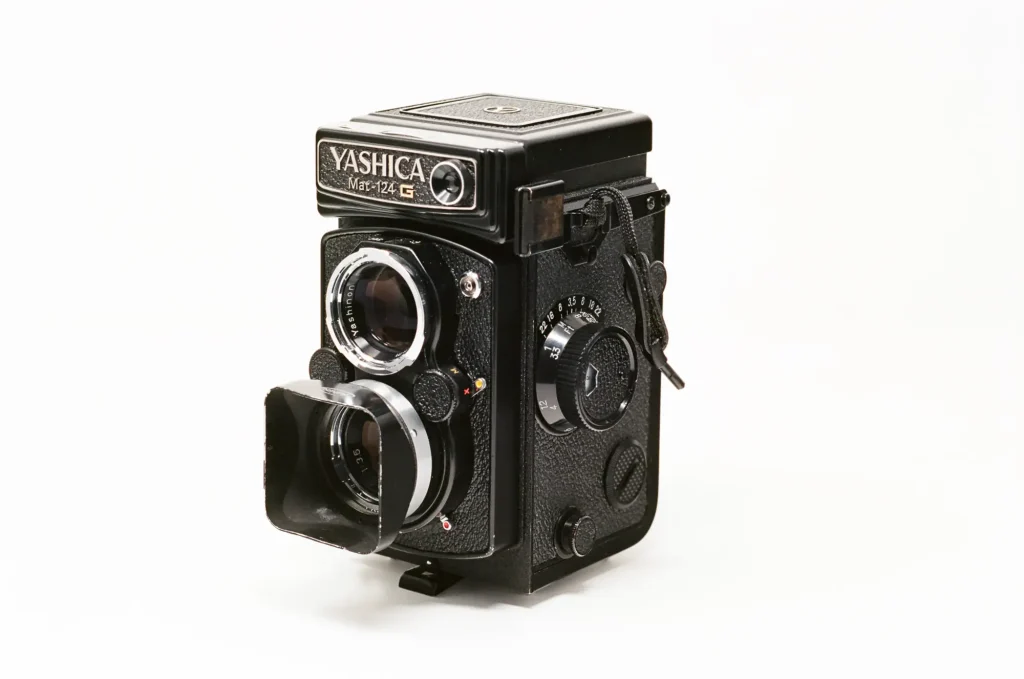
The left hand side of the Yashica MAT 124G contains the focusing knob, battery chamber, film spool locking knobs, and flash mount. There is a simple film reminder function integrated into film knob.
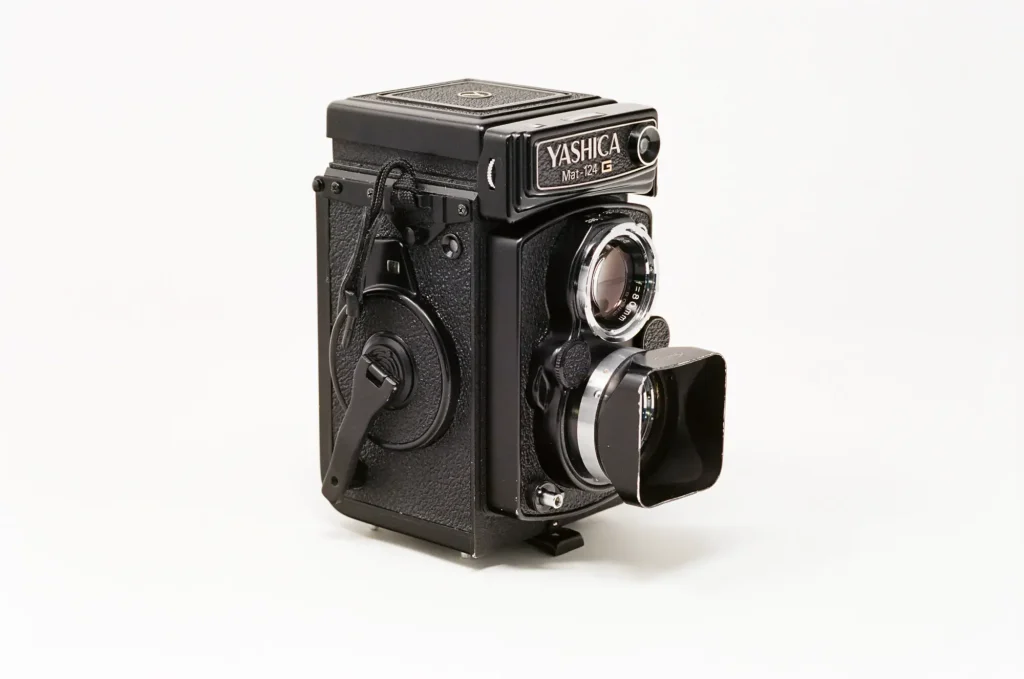
The right hand side of the Yashica MAT 124G is simple. It has the film rewind/shutter cooking handle and exposure number window and ISO control dial. The selected ISO is shown through a window on the top.
All of these camera controls operate with assurance and precision. It’s perhaps not up to Rolleiflex level of control smoothness, but handling is a real pleasure!
The Viewfinder
Well I’ll start the Yashica MAT 124G viewfinder usability, as it seems it is a very subjective issue. Before buying the camera I had read that it has very bright finder, but coming from my Mamiya 645 1000s with f/1.9 lens, I can say that the viewfinder is definitely dimmer. On the other hand, it is as bright as my other TLR the Rolleiflex 2.8GX and my friend’s standard focusing screen in a Rolleiflex 2.8C.
As such, I have zero reservations about the viewfinder’s usability. It’s big, and under the right conditions (have to shield screen from stray light) I can see all the scene. Work with this TLR is a dream – I’m able to pre-visualize the shot, compose with high accuracy, and have time to contemplate. Not having to peek into a small SLR viewfinder is something you have to experience to understand.
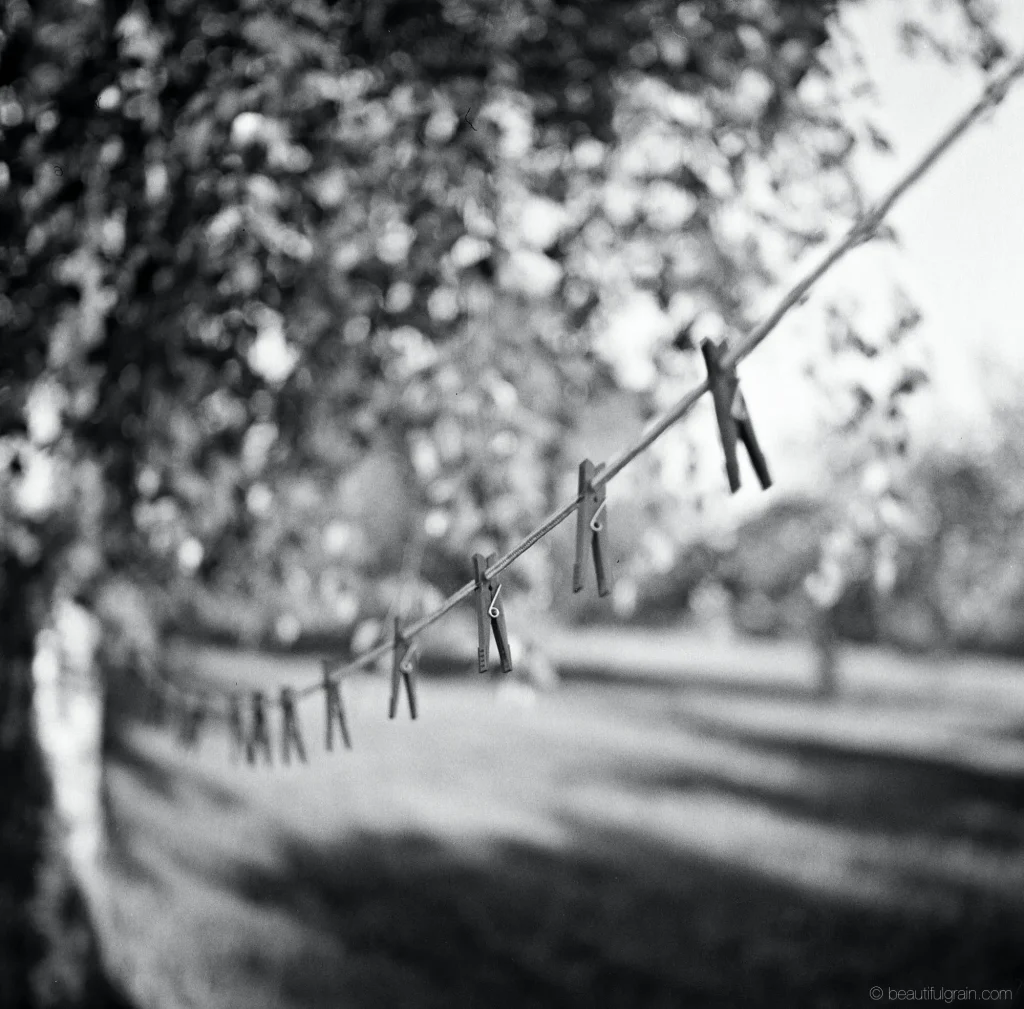
Focusing
Of course, it’s one thing is to be able to see the scene, and another to be able to focus accurately. The Yashica MAT 124G has several focusing screen options. Mine is the one with red one-third lines etched into it and with a bright fresnel in the center for accurate focusing. I like to shoot with the lens wide-open, so accurate focusing is critical to me. First thing is that it’s relatively easy to focus with high precision, even without a split screen option, focus “snap” in the center is evident. Other remarks:
- I have to shield a screen from stray light to see everything accurately.
- The use of inbuilt magnifier is a must.
- I can’t focus on areas outside center bright zone. Focus on any other part of screen for me is a guessing game, the “bite” of focus is not that noticeable.
This all means that if you want to shoot wide open, you have to use a focus and recompose technique. Such methods of shooting is usual for me, so I give Yashica MAT 124G high praise for focusing comfort and accuracy.
A few more notes on other aspects that relate to focusing:
- Movement of the focus knob is comfortable and predictable – this adds to pleasure of shooting.
- Minimal focusing distance is 1 meter – this is a usual thing for TLRs.
- My camera has a hard stop when focusing to infinity.
Inbuilt metering
Let’s start with a confession – I don’t use the meter in my Yashica MAT 124G. My means of metering is the excellent Lumu application on my iPhone. With app I can meter an average of the scene with the spot meter and do the rest I do in my head. But, if you want to know a bit more about Yashica MAT 124G metering – you’re welcome:
- The minimum ASA/ISO is 25, maximum 400
- It features match needle system – there are two needles that move according to the preset sensitivity of film and shutter speed/aperture combination. When those needles match in the window, exposure is correct.
- Metering is not coupled with camera exposure control.
- Exposure control is totally manual and dependant on user decision.
- The meter turns itself on when finder hood is up. Close the hood and it will switch off.
- It’s not “through-the-lens” metering. As mentioned, the meter sensor is on the top front of camera.
- It uses obsolete 1,3 V mercury battery, and there it’s said on internet that if you use standard closest-to-the-original recommended battery lithium ones, the meter reading will be off.
- Meters on these cameras are prone to stop working.
The meter wasn’t working at all, when I bought my Yashica MAT 124G. I then had the camera completely refurbished, and when I got it back it was working. I didn’t ask if it had been adjusted to work with 1.5v batteries or not, in fact when I sent camera to service, I didn’t say anything about the meter, because I didn’t care if it would work or not. As such, I don’t track how well it reads all the time, but I have noted that in low contrast scenes it shows correct exposures.
The Lens
Well… It’s awesome. From wide open to stopped down it performs incredibly well providing good resolution. It draws in a “vintage” style that I started to love from my first exposure. I would say that the Yashica MAT 124G compares to the Rolleiflex 2.8GX lens in terms of resolution, only the Flex has way better flare resistance and contrast in backlit scenarios, probably due to newer coatings. The overall character of Rollei and Yashica lenses is therefore very, very different.
The taking lens of my camera is a Yashinon Tessar type lens. What I learned from the internet is that in some Yashica MAT’s 124G’s there was another type of lens used called the Lumaxar Tessar. Versions with this lens are rarer – but whether the picture characteristics are different or not, I don’t know.
Lens hood, filters and other accessories are mounted by bayonet.
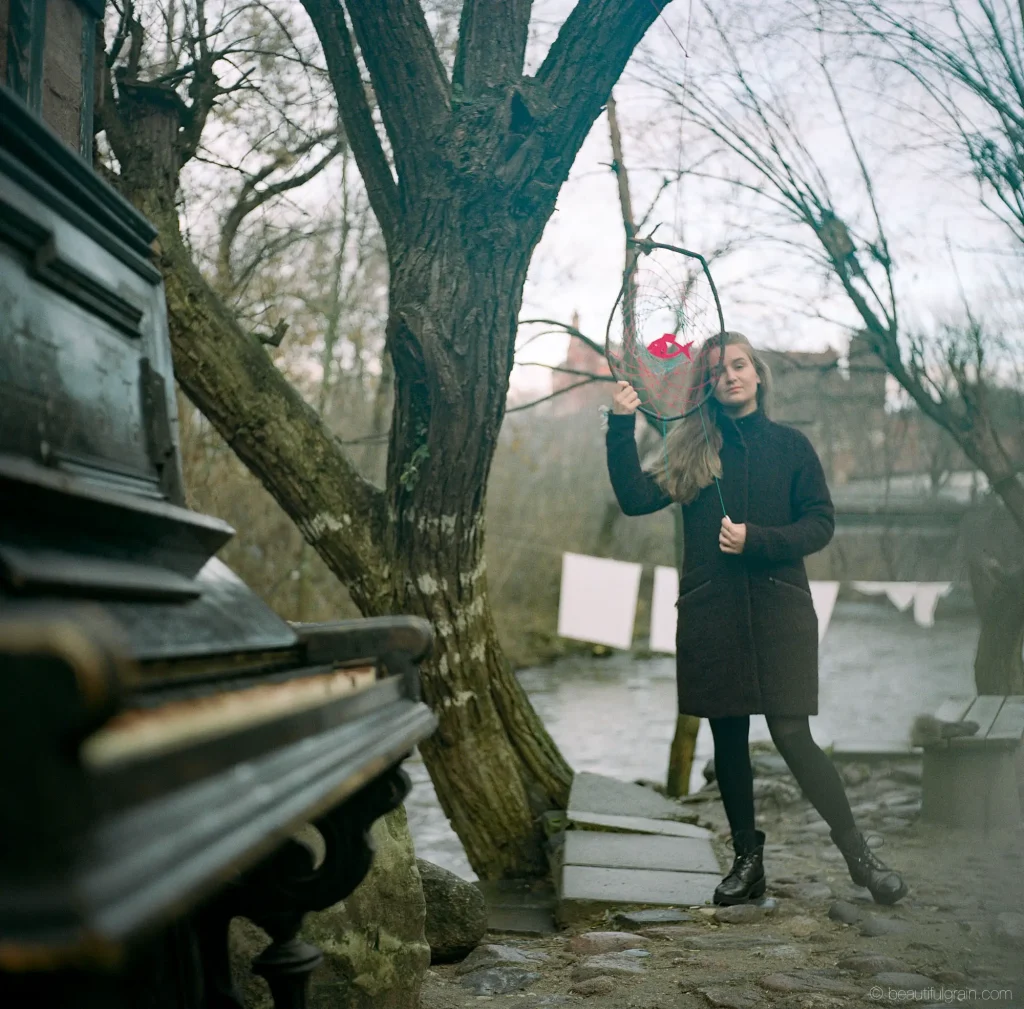
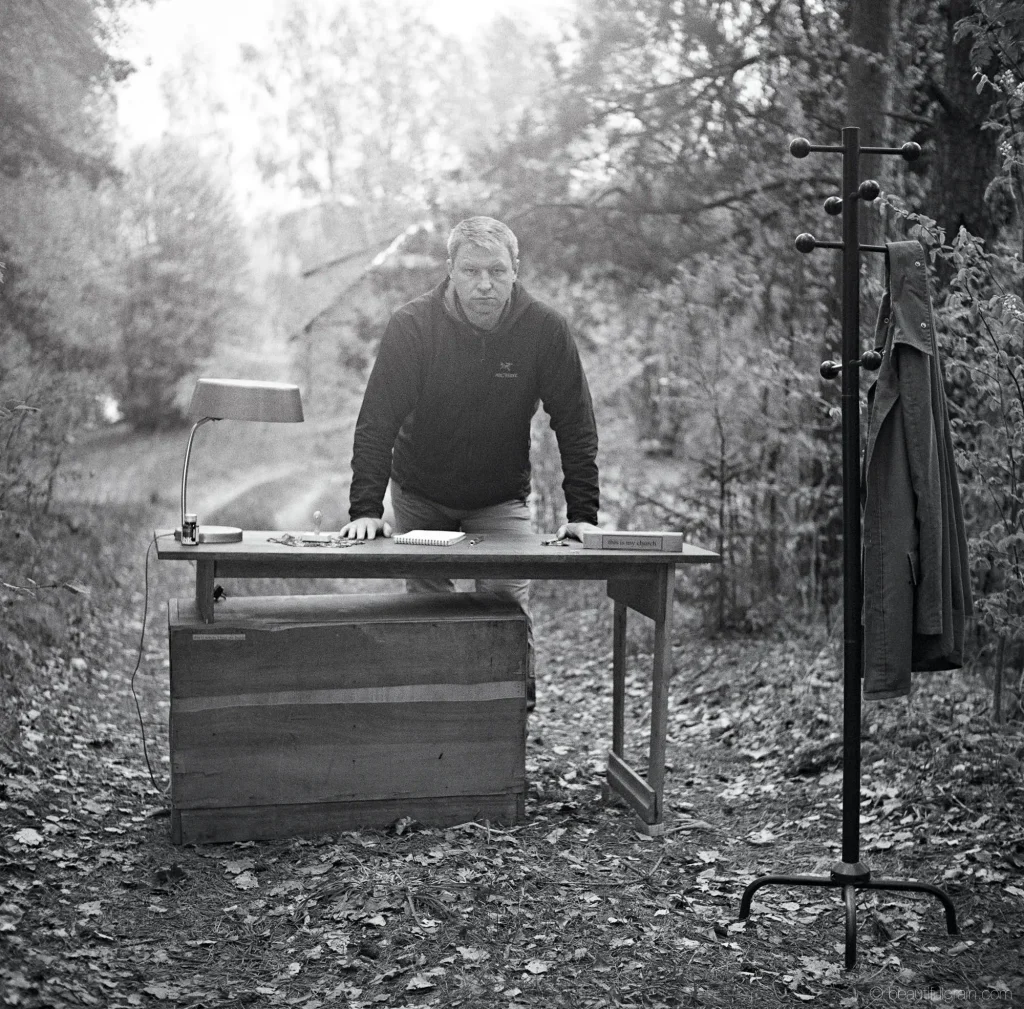
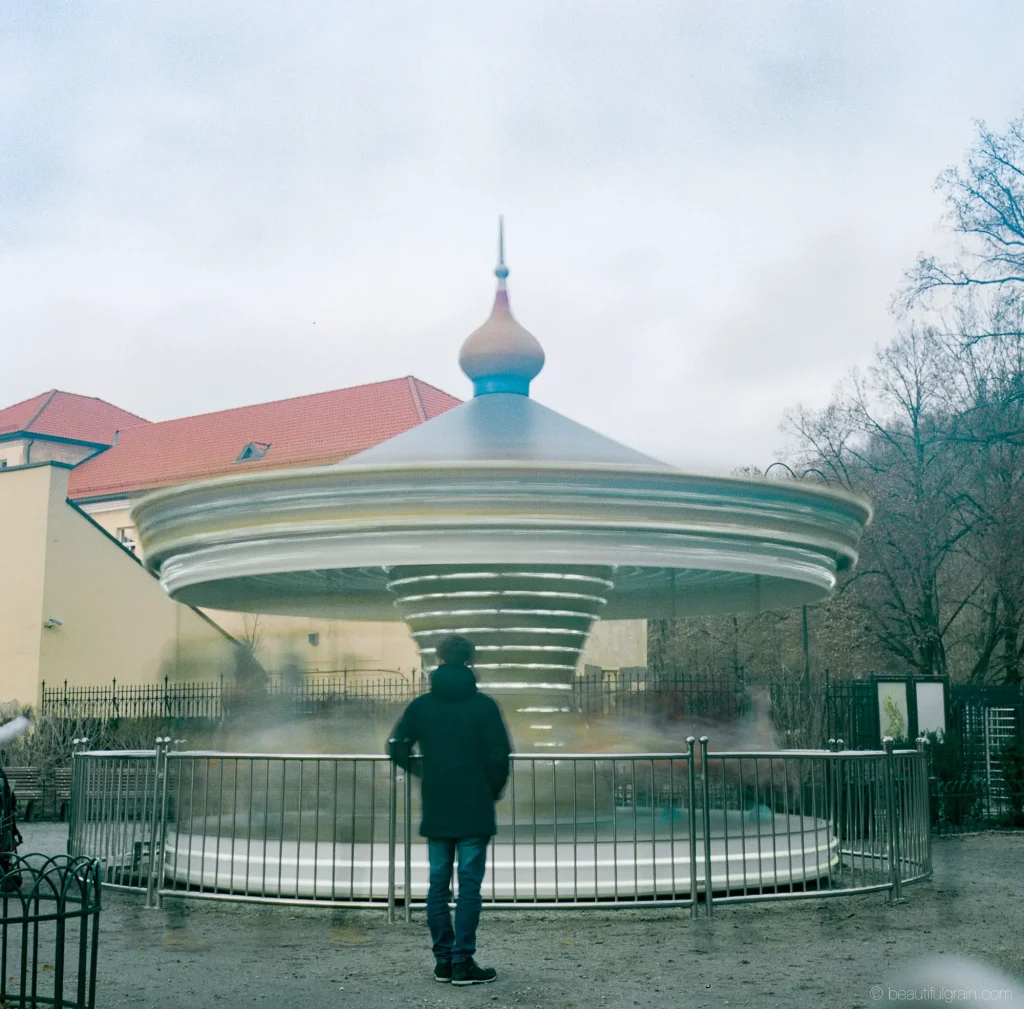
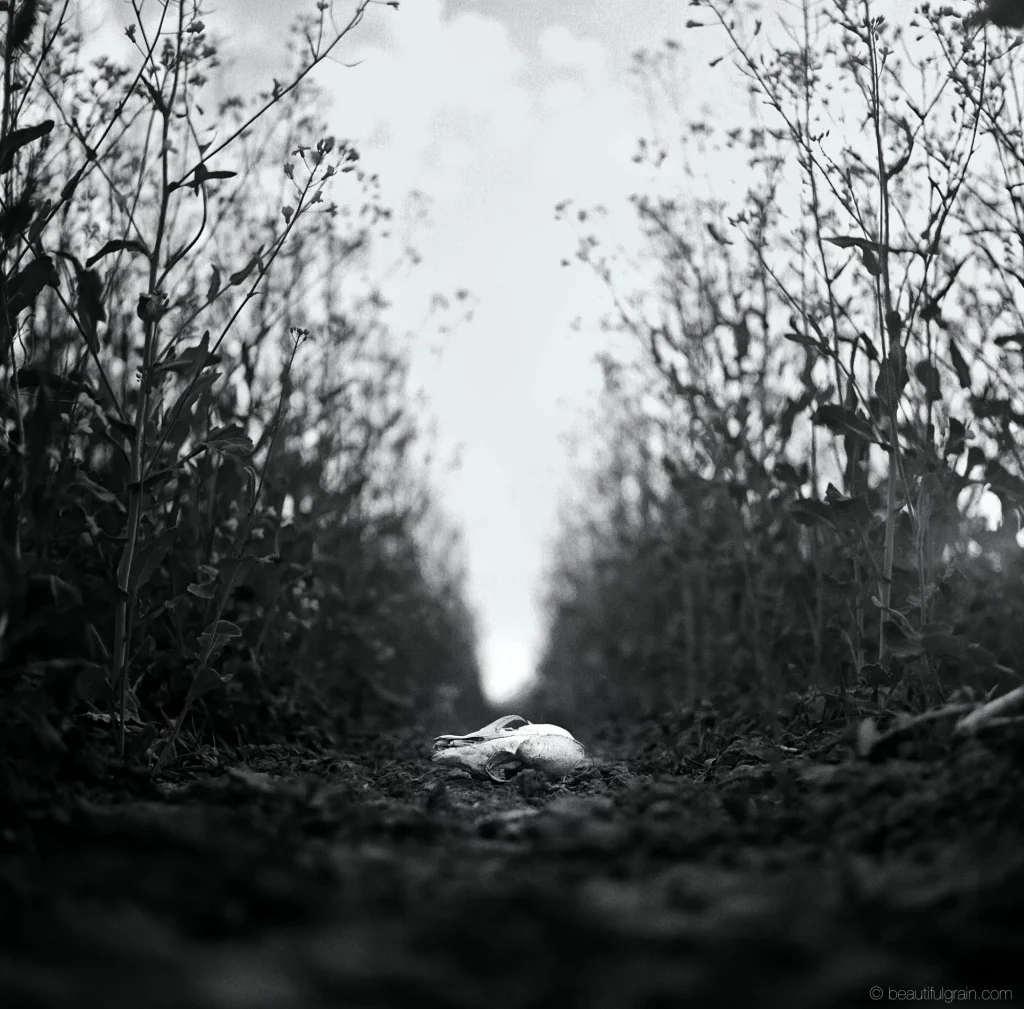
Parallax error
After talking about the lens, it’s worth noting a specific TLR issue: parallax. Due to the fact that you look through one lens, and take pictures through another there is difference to what you see and what camera records on film. The point of view of the taking lens is always a bit lower, and closer you are, the more pronounced this effect is.
The Yashica MAT 124G doesn’t have any means to compensate this effect. Some other TLR manufacturers do include options to compensate or partly compensate this effect. But in real world usually it’s not significant. From further away, I don’t worry about parallax error. When closer up, now I have gained experience with it I have started to make compensation automatically. Sometimes, if parallax error is really worrying me, I will leave some place for cropping.
Troubles…
Buying used old film cameras like the Yashica MAT 124G is risky thing. I found my Yashica on ebay and it looked as new. The description also stated that camera is in excellent shape. And I can say that it was, but it appeared that some things needed to be sorted out. The first thing that I noticed, but didn’t care about, was the non-functioning light meter. Then I noted that the focusing knob had a bit of an uneven movement, I also had a feeling that on one part of its travel it was “grinding” a bit – not a problem, but more of an annoying issue. Third, when I got Yashica my viewfinder was rather dim. I read half of the internet and had a theory that the mirror behind focusing screen had got a bit dim due to its age. Then I got some results back and discovered the biggest issue: an excess of haze in the lens.
…and solutions
I’m perfectionist and so the biggest issue that this camera faced was my attitude. I researched where I can have my camera serviced and found out about Mark Hama in US. His story is very fascinating one. Here is short version:
He lived in Japan and worked in Yashica factory, where he was assembling new Yashica MAT 124G’s. At some point he moved to live in US and opened camera repair service. After they stopped producing the camera and stopped servicing them themselves, Yashica sent all the remaining spare parts of MAT 124G to him. Now, and for some time, he has been the god of all Yashica TLR’s. He has a MAT’s rebuild service. You send your camera to him, he disassembles it into final pieces and assembles it back changing necessary parts. Basically what you get back is your same old camera… but it’s like a new one.
So I did it. The rice was still reasonable, though the process took about half a year. If you do it, keep in mind, while Mark’s work is outstanding, communication is not the best, if you want an update, you have to be the one who enquires about what’s going on, and if it’s going on. Maybe others have different experience, but that’s mine. I’m not whining at all though – Mark is god send for Yashica MAT 124G owners, and in the I’m a very happy customer!
All the pictures I have shared so far were made prior to when I had my Yashica MAT 124G refurbished. All pictures after this point were made with camera after the service. Here are a few taken with the standard lens:
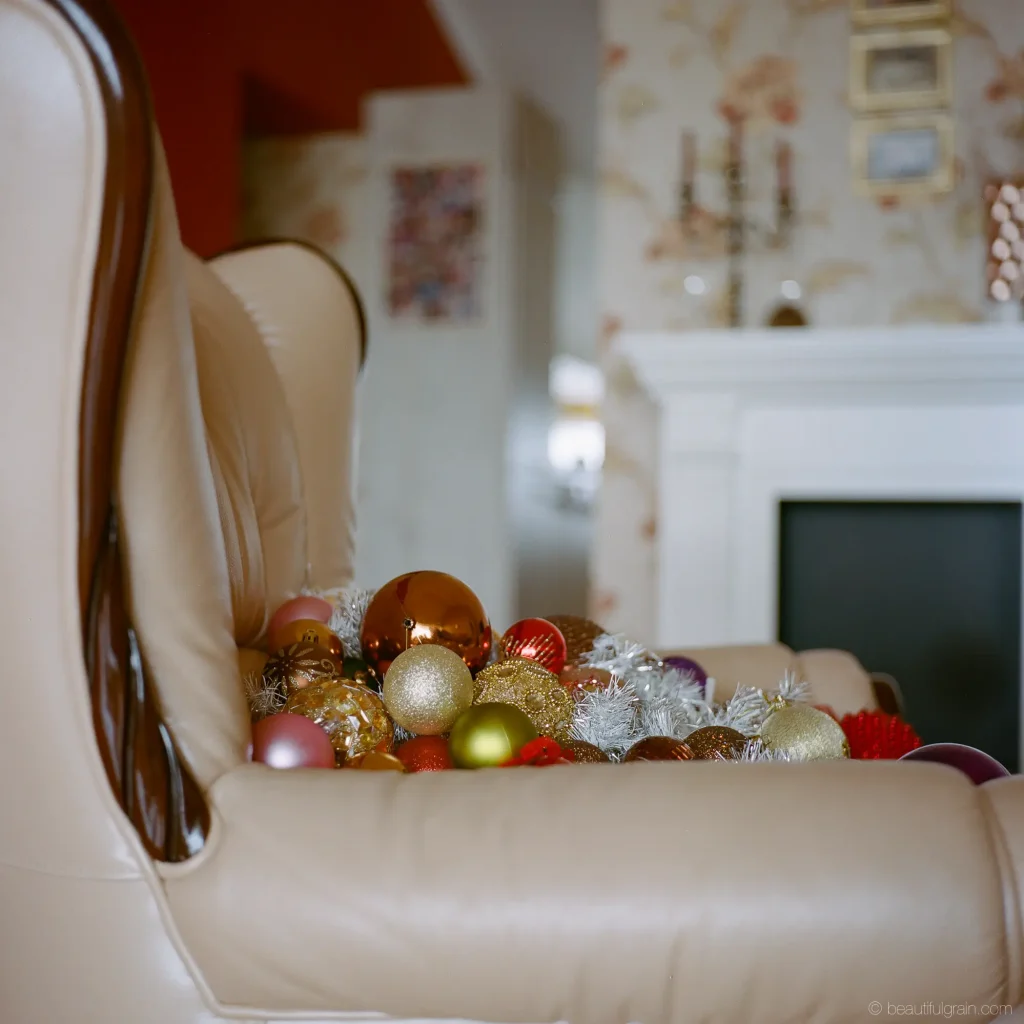
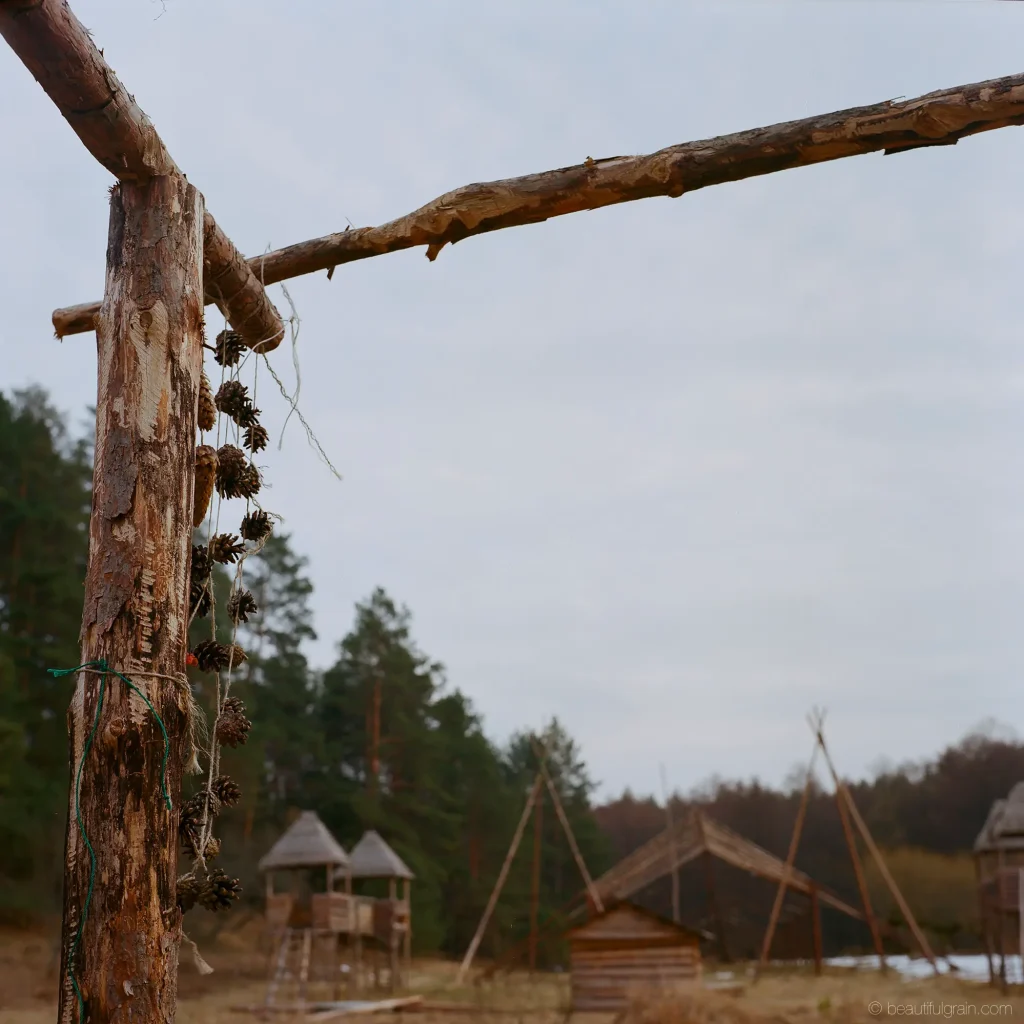
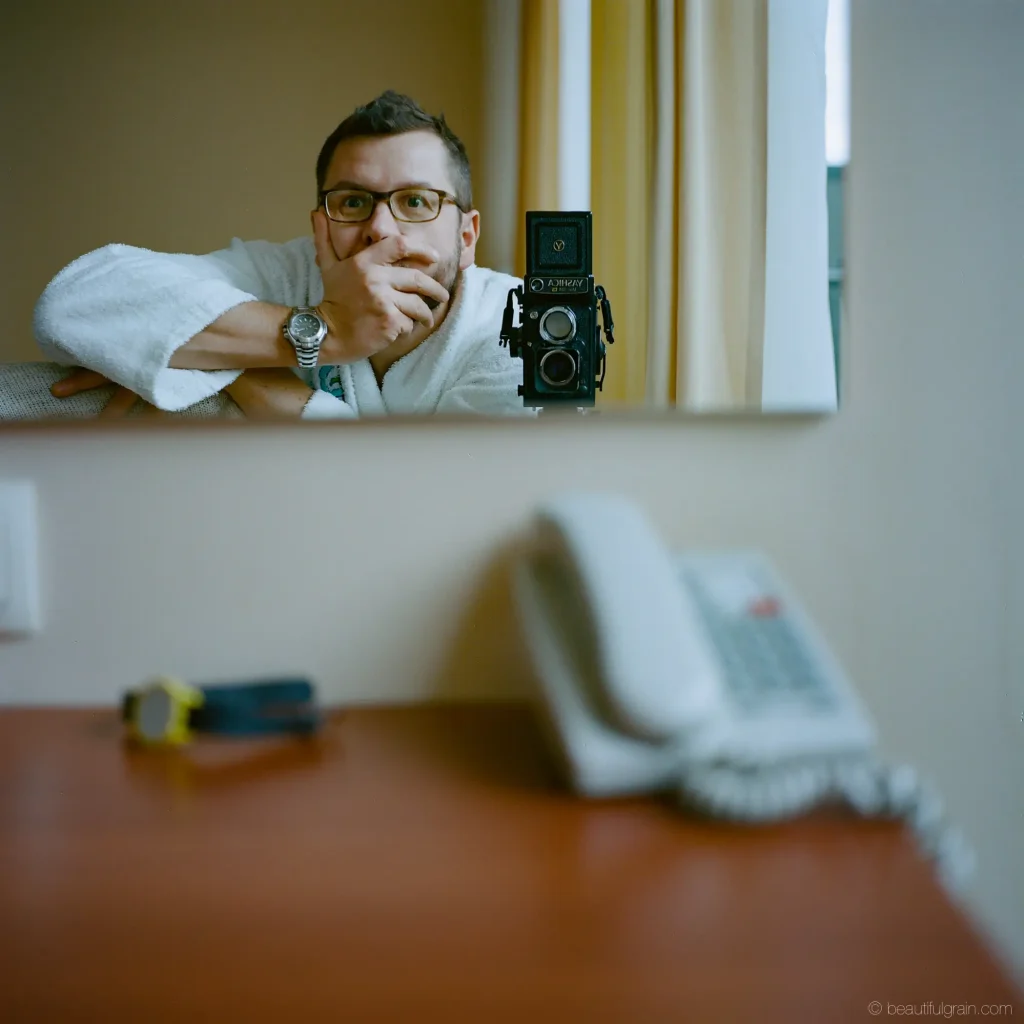
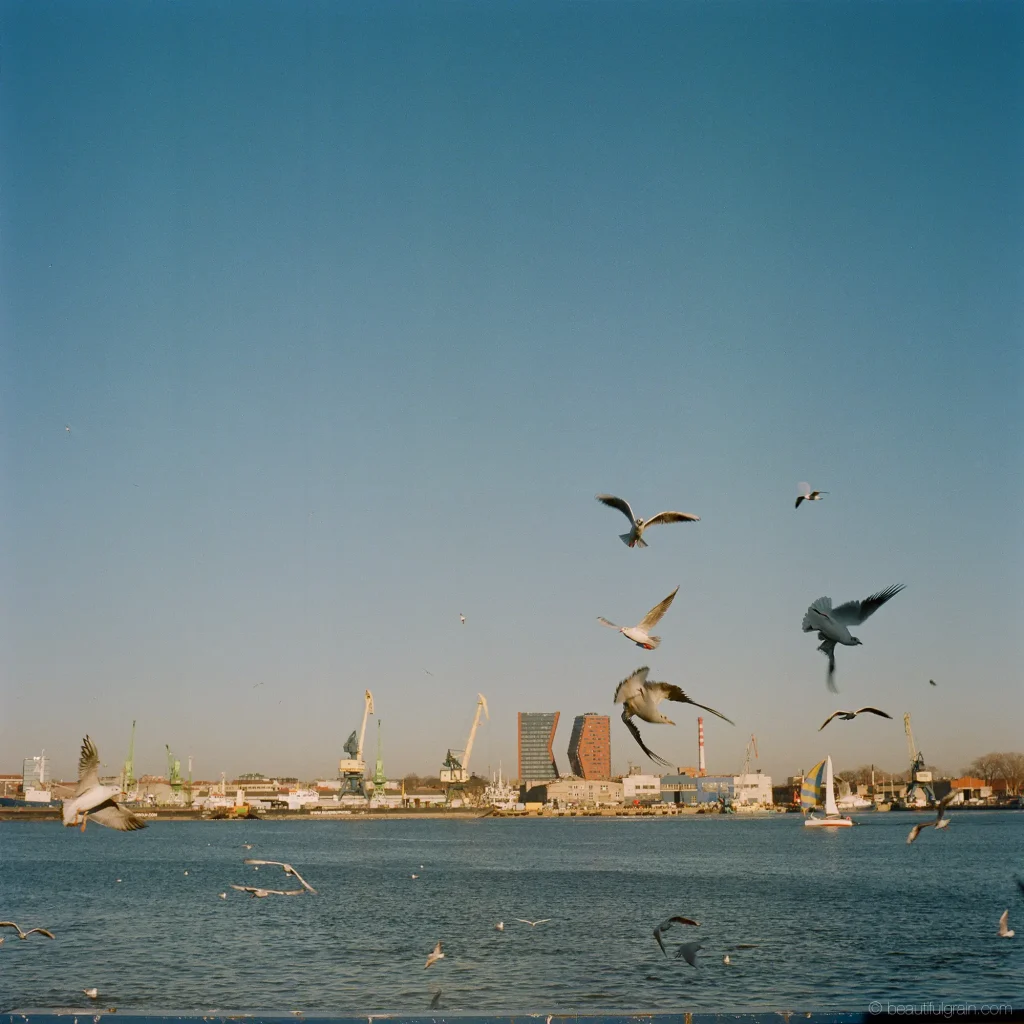
And now let’s get to the part where the Yashica MAT 124G starts to be system camera with its different add-ons:
Close-up lens
The standard Yashica MAT 124G lens focuses down to 1 meter. There are two original close-up lenses available: no. 1 (the one that I have) that enables focus in 44-66cm range, and no. 2 that enables focus in the 36-45cm range.
It’s worth noting that both lenses have a Parallax correction feature. This means that the viewing lens has a lens that is mounted with an angle that creates a change of direction of the viewpoint, the my experience is that parallax is not totally corrected. It’s worth noting that due to inbuilt parallax correction feature, you have to mount the viewing lens in correct way, otherwise the exposure will be way different to what you saw in viewfinder.
Regarding image quality I didn’t notice any degradation compared to the standard lens, but depth of field is extremely thin.
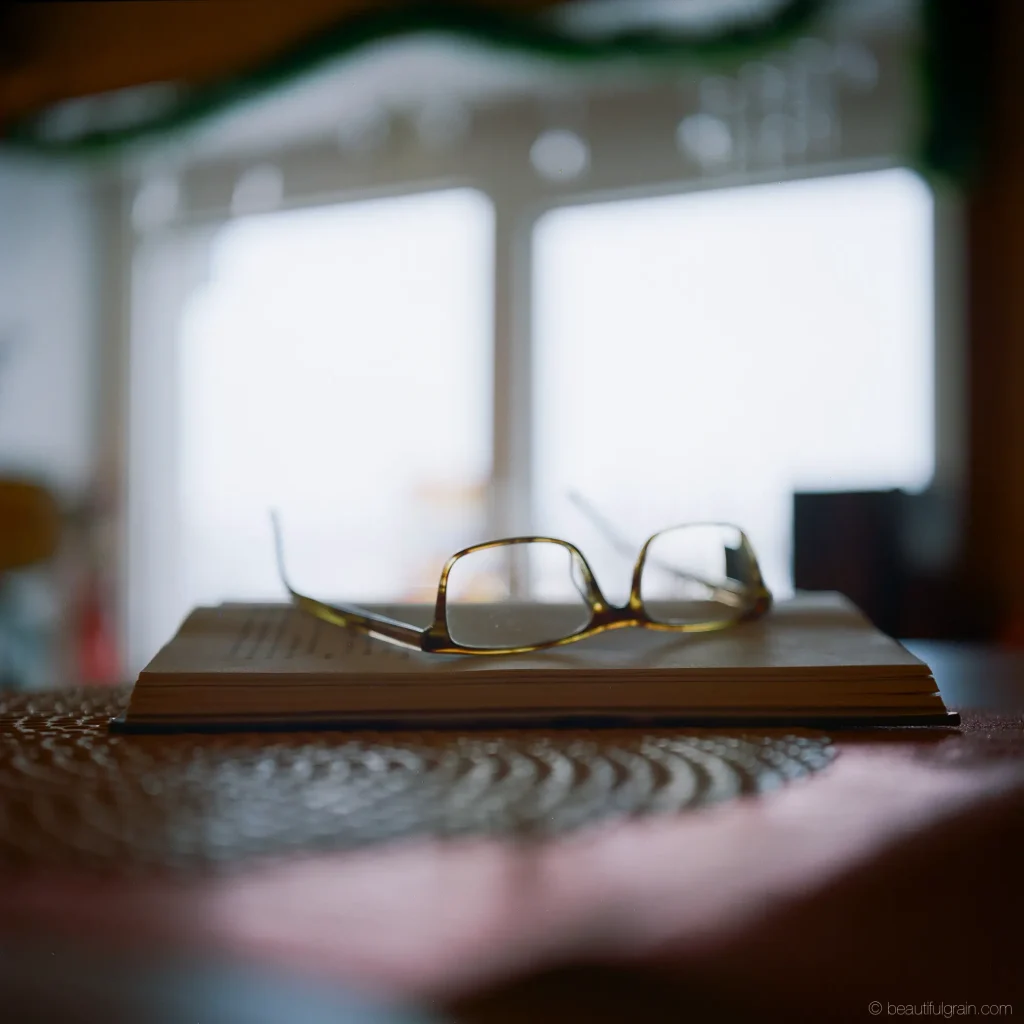
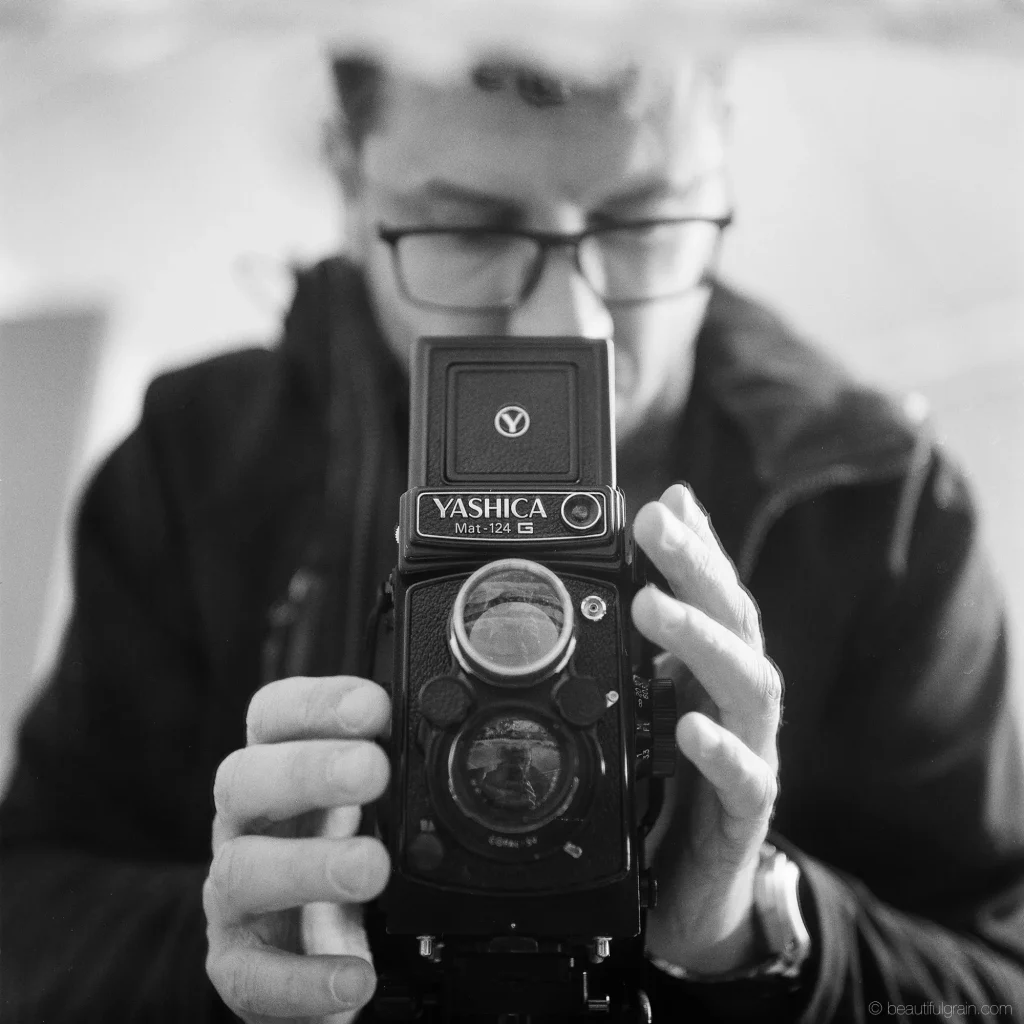

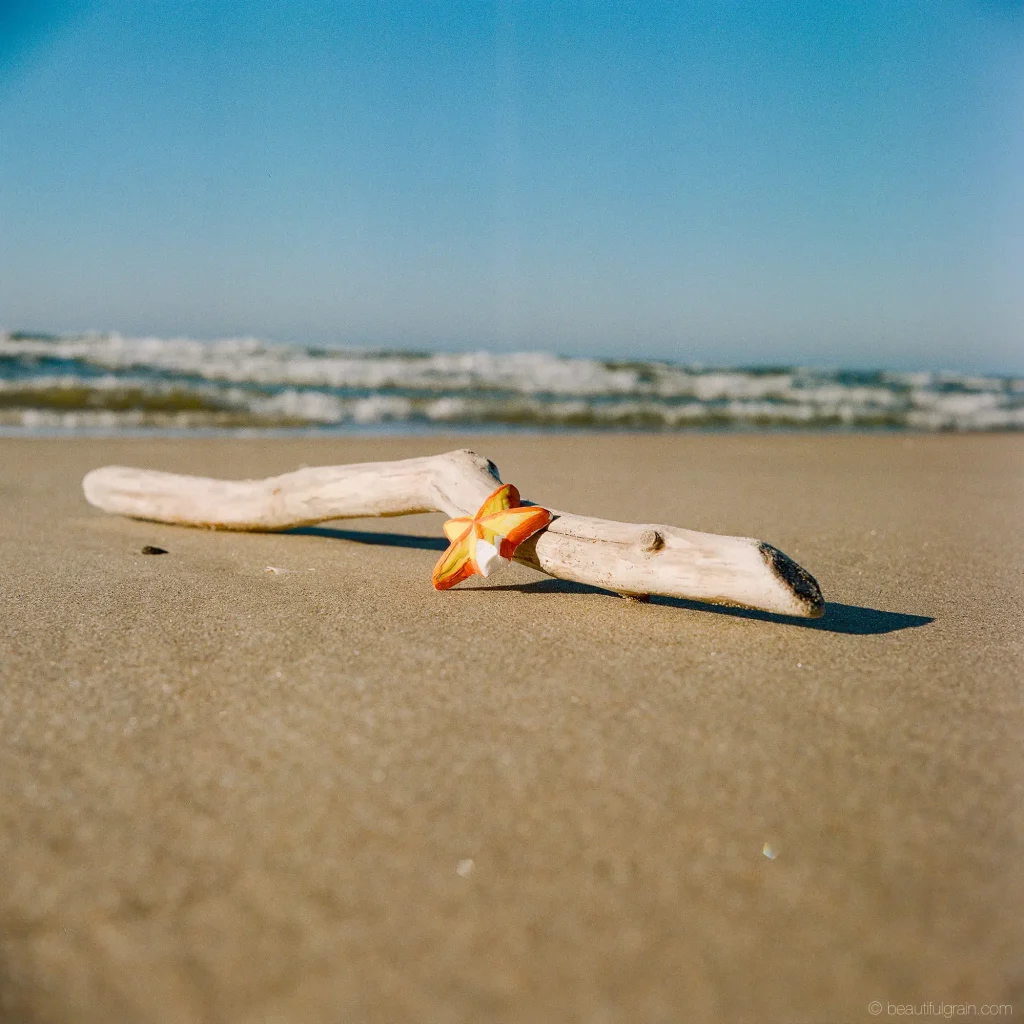
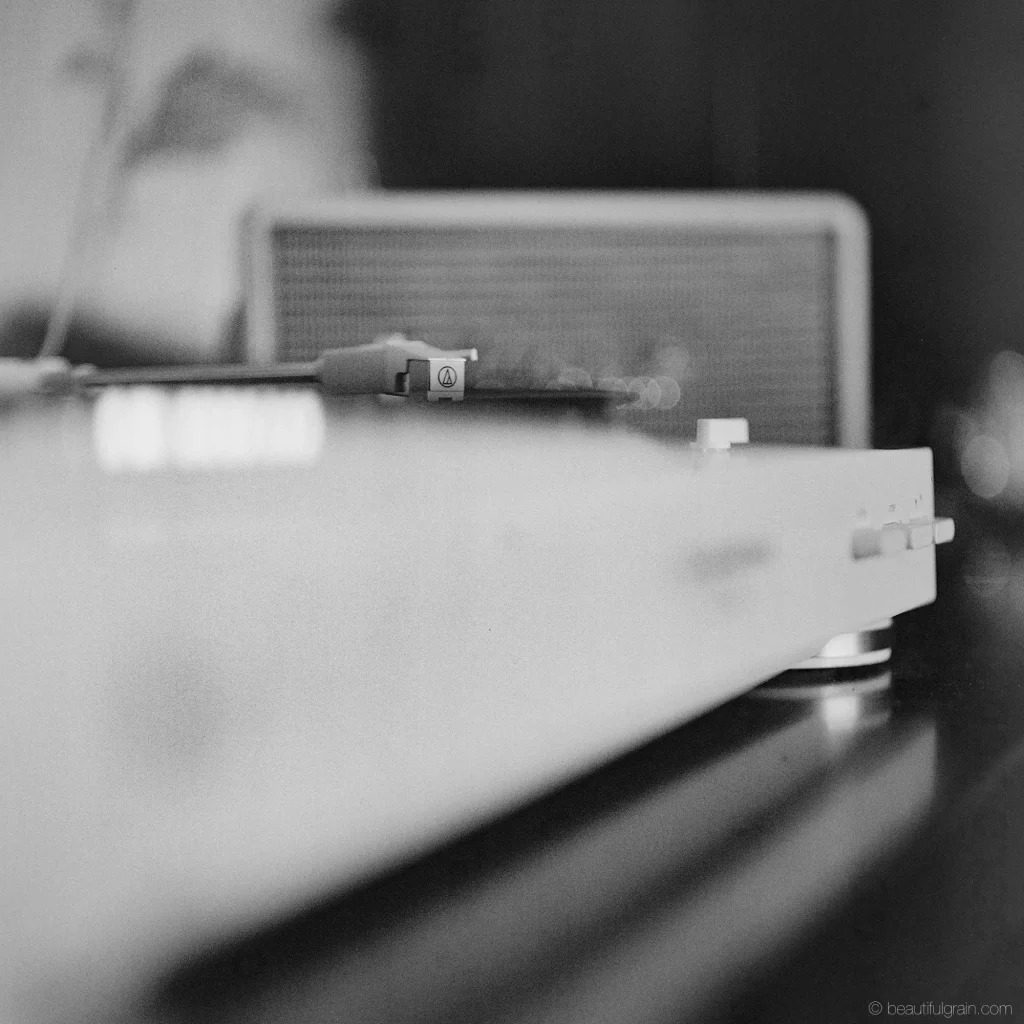
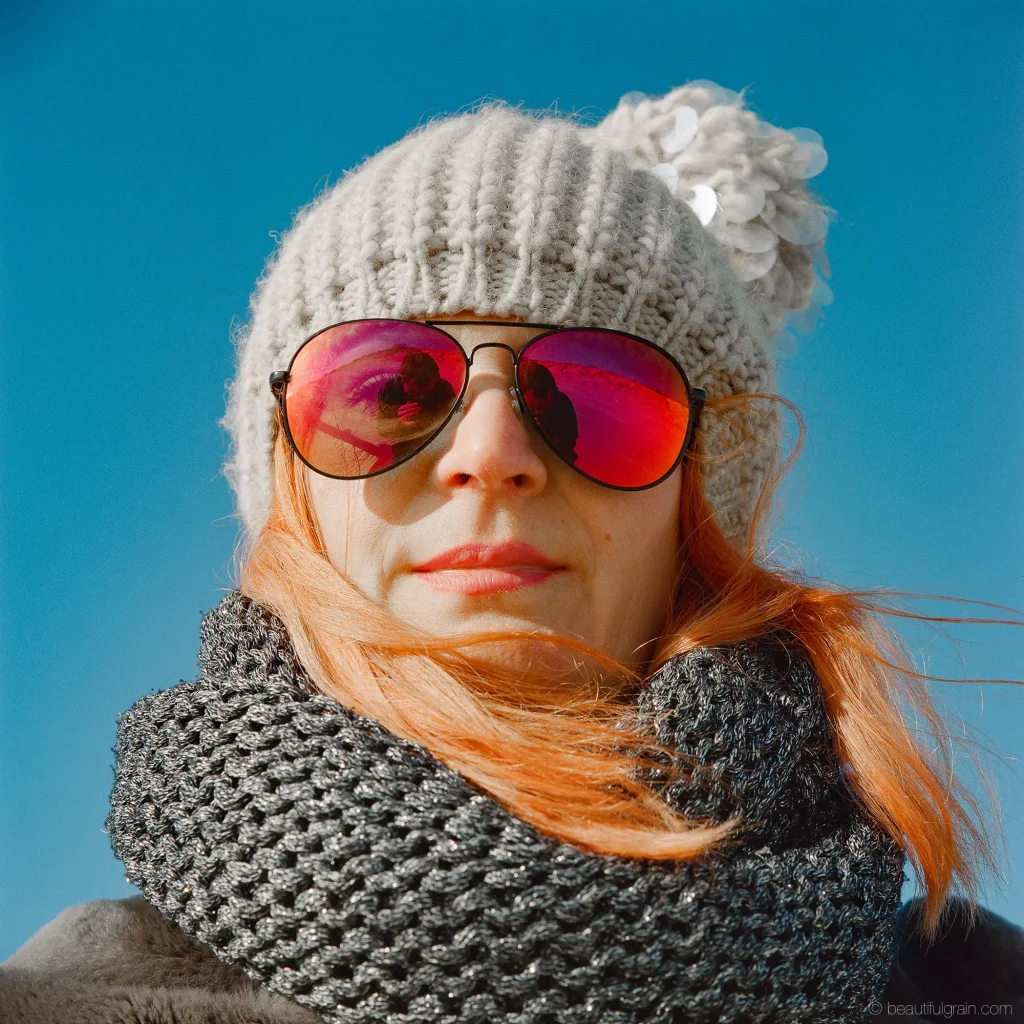
The Yashica telephoto lens
It’s the Frankenstein mode for Yashica Mat 124G. Cool looking isn’t it?
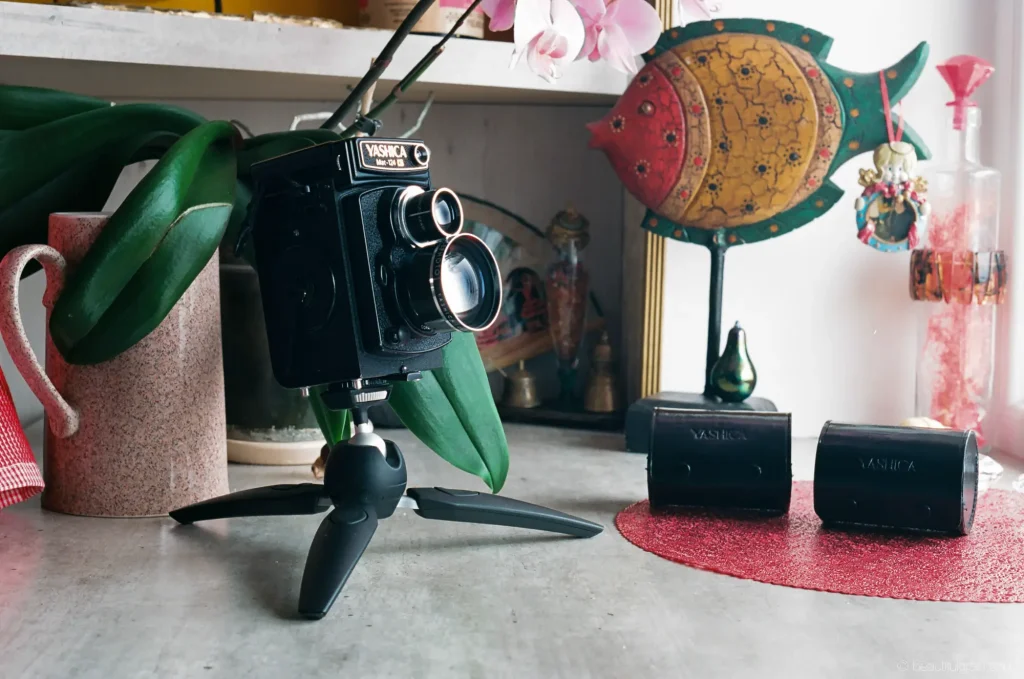
The telephoto and wide-angle lenses comes as a pair. The bigger goes to taking lens, smaller to viewing lens. The purpose of smaller lens on viewing lens is to provide same viewing area as taking lens record on film and at the same time to enable proper focusing.
The Yashica Telephoto lens increases the focal range of standard 80mm lens by approx. 50% and therefore makes it equivalent to a 112.8mm lens without sacrificing maximum f/3.5 aperture. At the same time it increases minimal focus range by 50cm, making it 1.5 meter. The distance scale on focusing knob become useless due to the change of minimal focusing distance.
My initial idea to get this lens, besides feeling like I just needed to try it was that I could get even shallower depth of field from the widest f/3.5 aperture and maybe get some interesting even more vintage bokeh.
Rendering and image quality
Sharpness is ok. Color rendition is a bit different comparing to standard lens. There is increased “vintage” lens feel to picture.
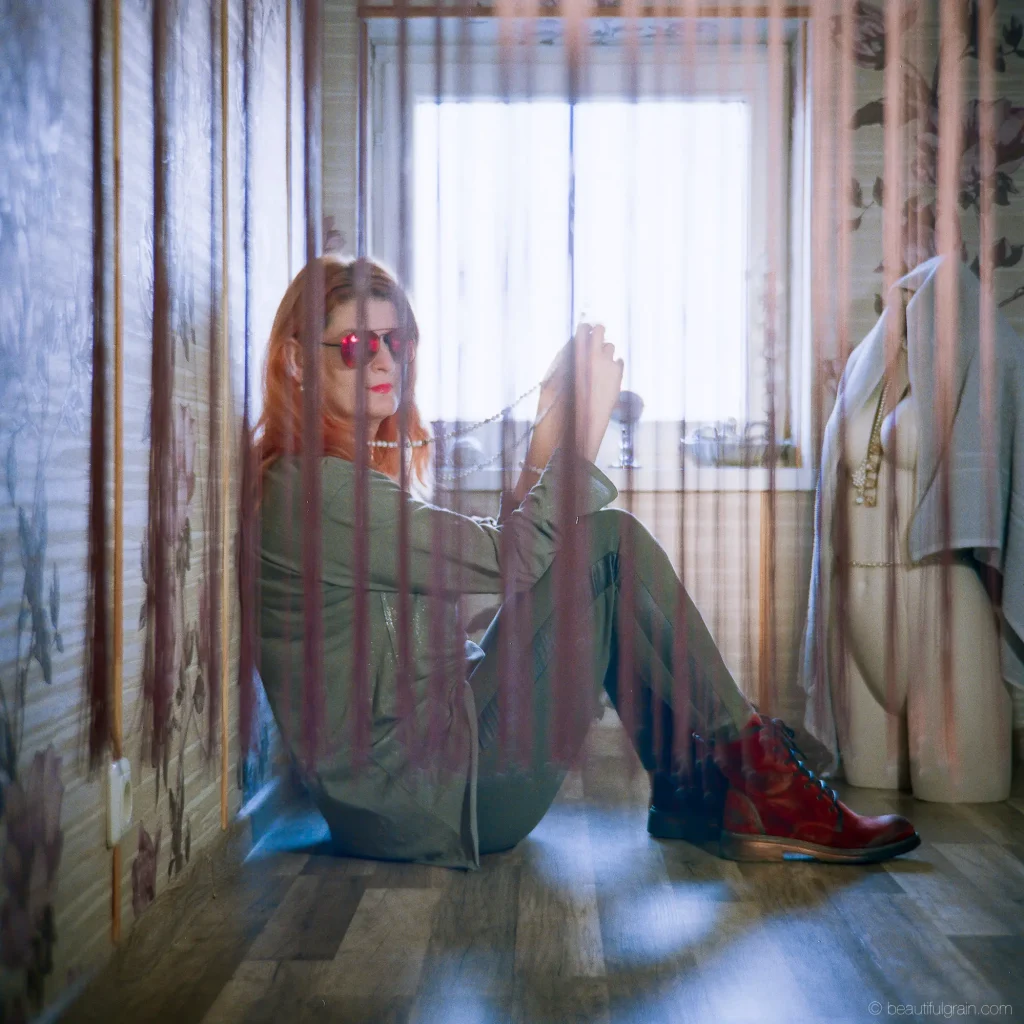
Bokeh
Different. I cant say that DOF is shallower, but bokeh is less smooth and there is a swirl effect.
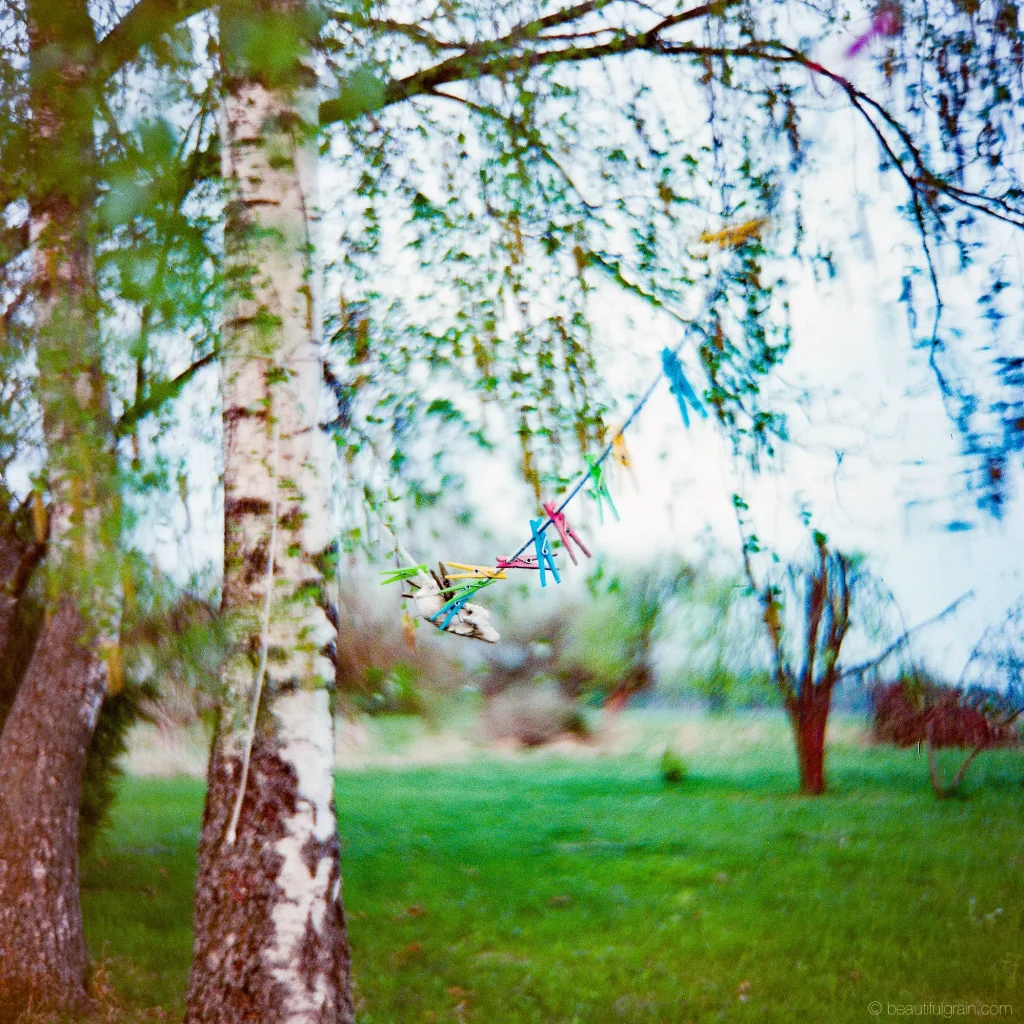
Usage flaws
Here comes the elephant in the room. It’s difficult, in fact, near-impossible to critically focus my camera with this lens. Focus snap is fine, but when the viewfinder shows that lens is focused properly, the taking lens front-focused. In short – viewfinder lies to me. For example in picture above you can see it focused on laundry pegs, but I was trying to focus on the scull…
So for my intended use – portraits with critical focus and wide open aperture – this lens is not suitable.
Of course, there could be possibility that something is wrong with the viewing lens. I can’t confirm, or deny this. Stopping down the lens does decreases the amount of problem, but there seems little point with what I am trying to achieve with this camera.
The Yashica wide-angle lens
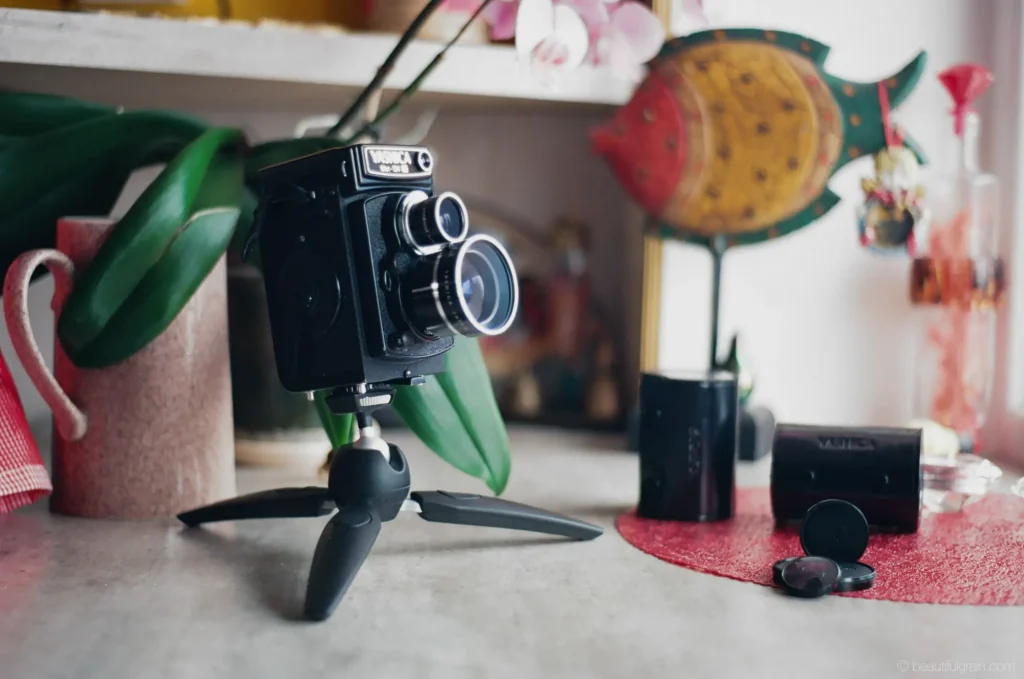
The Yashica WIDE lens reduces the focal range of standard 80mm lens by 25% and makes it 58.4mm lens. It decreases minimal focus range by 50 cm, making it 50 cm. Again, the distance scale on focusing knob becomes useless due to change of minimal focusing distance.
Whilst in with the tele-lens I didn’t get anything that was that useful to me, I did with the wide-angle. Simply, I can get more into frame where the space is limited. It also enables me to get more dynamic compositions because transformation of angles and ability to manipulate with leading lines differently than with standard lens. Though it’s not without its quirks!
Rendering and image quality
This lens is like Jekyll & Hyde, like two lenses in one. I can use it as a lo-fi, special effect lens when shooting wide open or I can use it as a wide lens with some allowances when stopped down or shooting close-ups.
A vignette is often more present – sometimes I notice more, sometimes less at the same aperture. I will have to shoot more with it to understand. Distortion, especially at the edge of the frame is huge.
Sharpness is acceptable in the center of the image, even with wide open apertures.

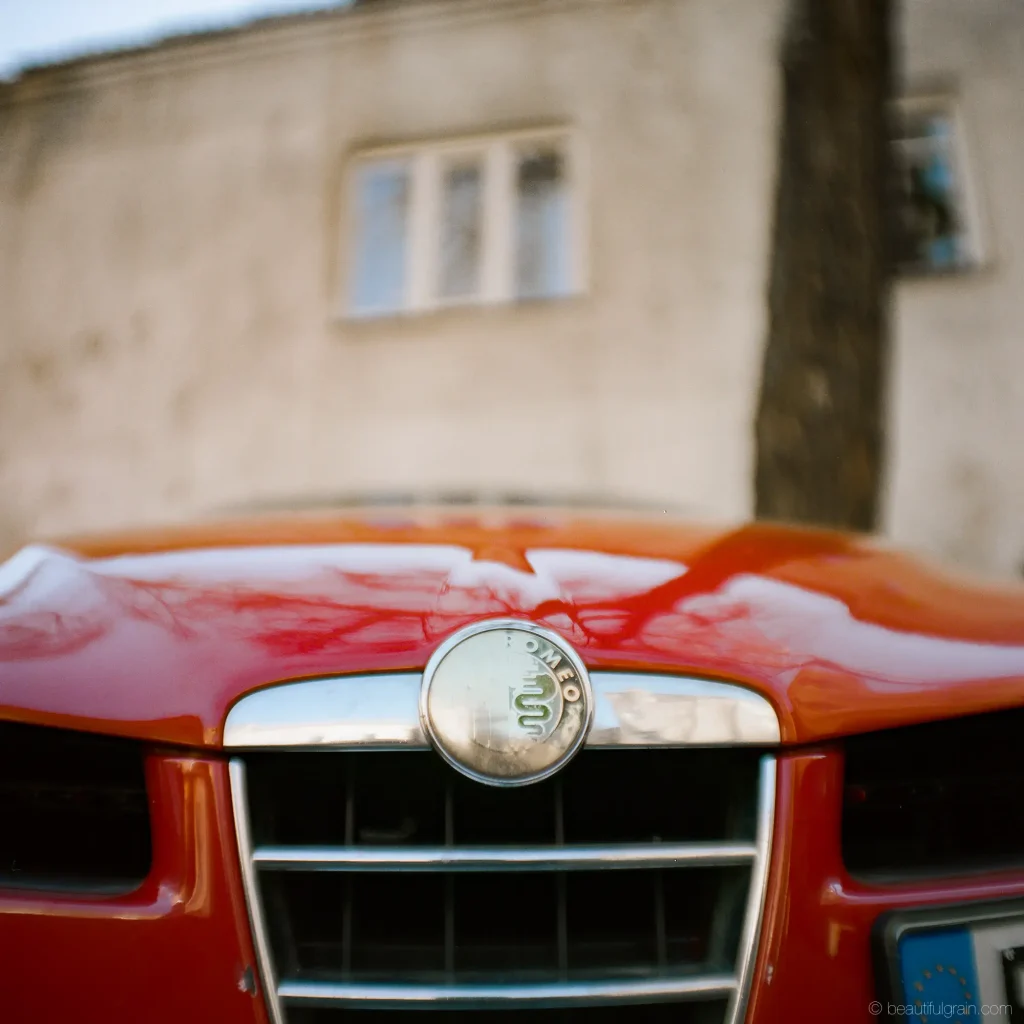
It’s sharper across image when stopped down with good contrast.

Wide open at distance, is where things are different – it renders surreal photos that looks like they have some sort of underwater effect applied. I like it, under the right conditions it can make dull picture an interesting one.
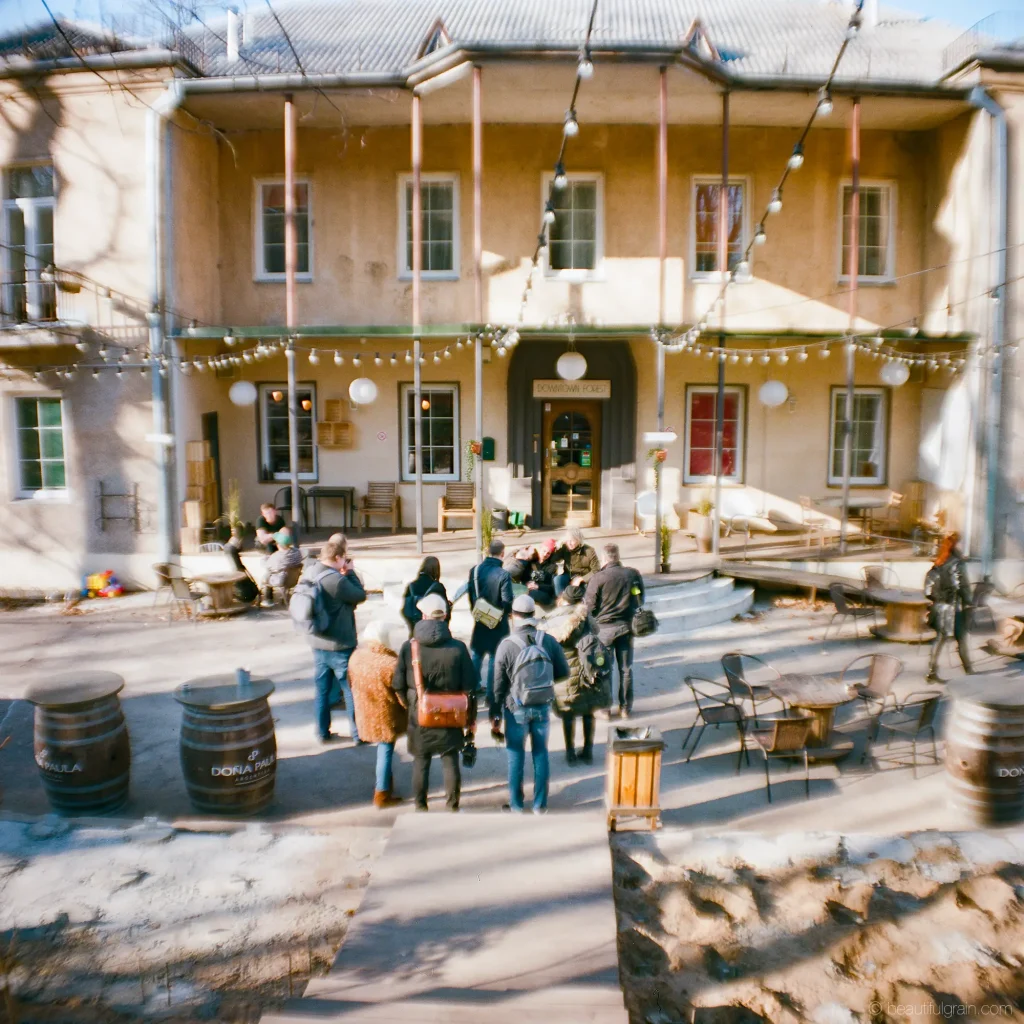
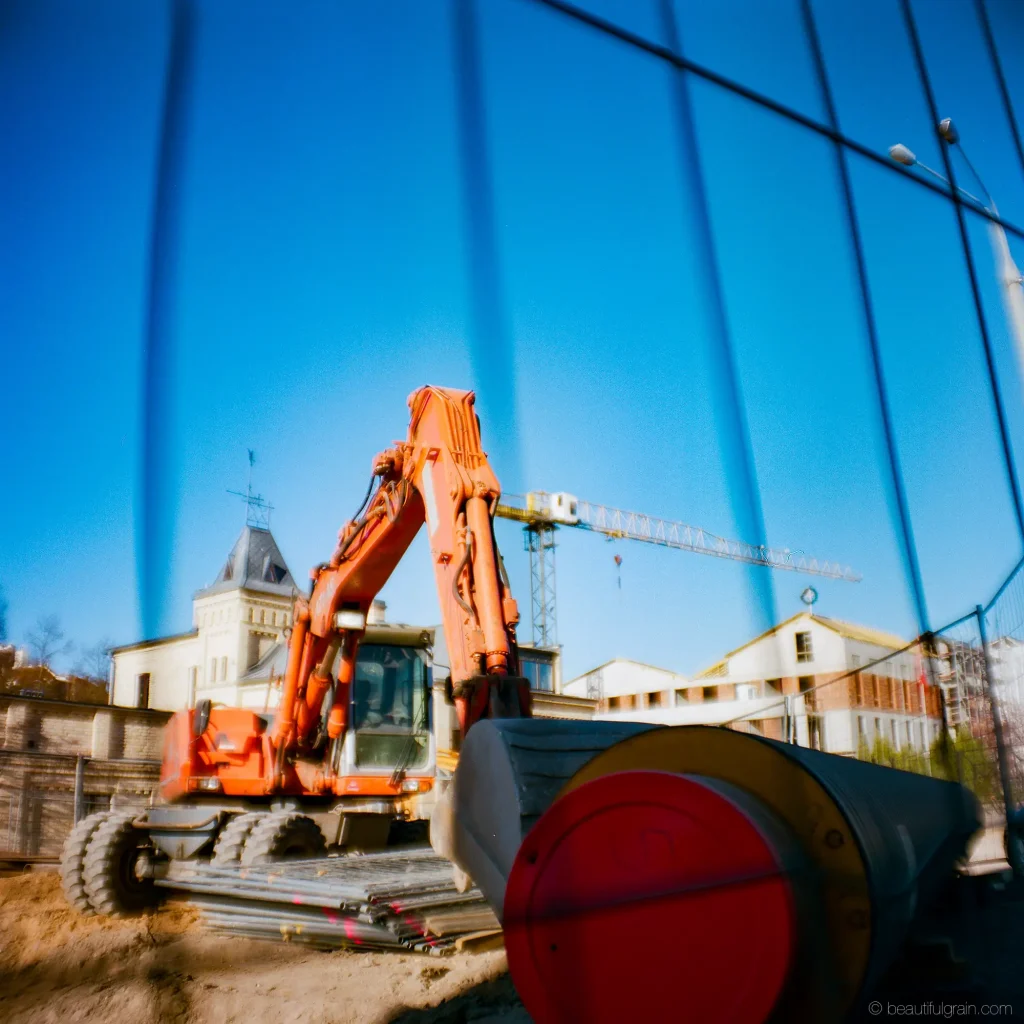
Bokeh
Surreal would be good way to describe the Bokeh from the wide lens. Just take a look at this picture below. I love it!
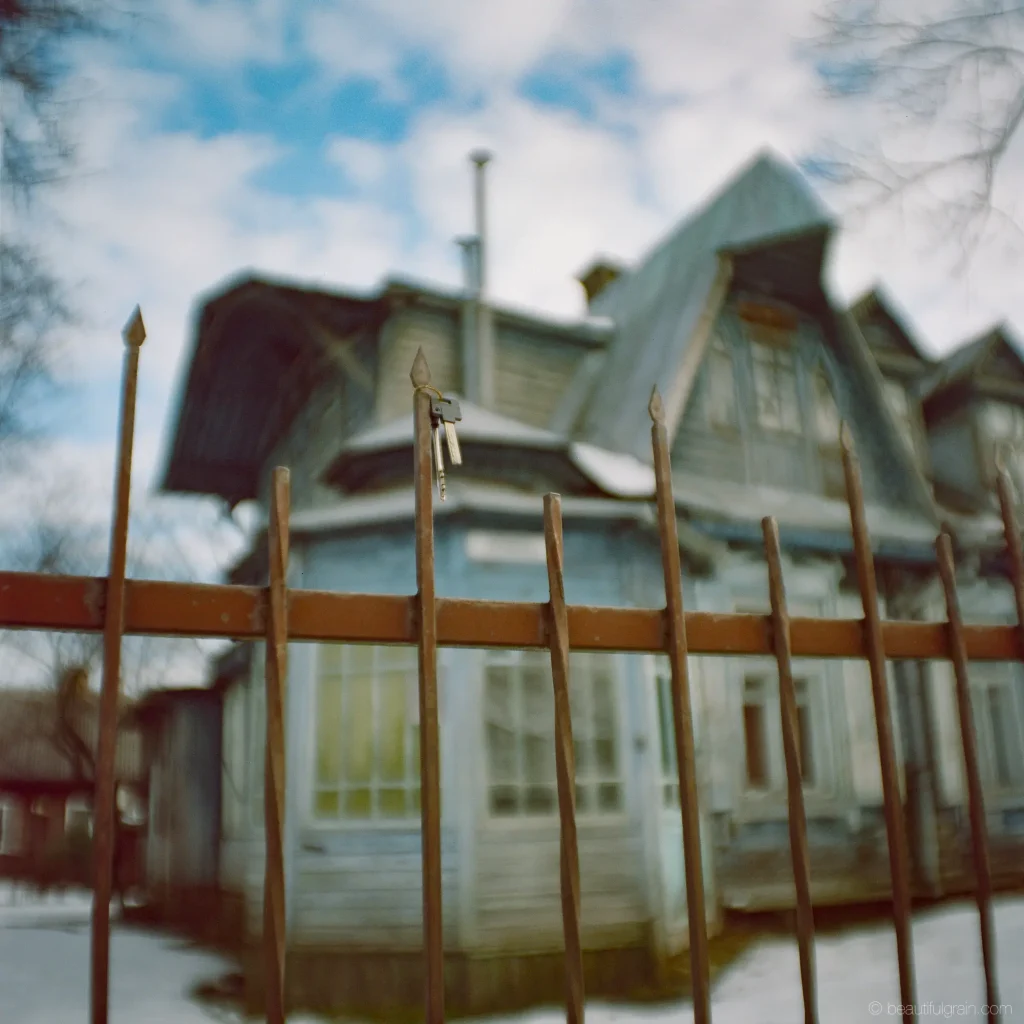
Usage flaws
This lens has very interesting look – this could be a feature or a flaw if you are looking for “perfect” picture characteristic. Basically, it’s usable, but it depends on preferences!
Lens Comparisons
For the end of the post, I will share some comparison shots. I made some test pictures when I got both auxiliary lenses just in order to understand the difference in focal range and to test focusing. The camera was fixed on tripod. Two pictures with each lens, one with an open aperture and one stopped down to f8.
I managed to miss the focus on few of them, therefore the f/8 shots are better comparison – I’ll provide some remarks with pictures.
f/3.5 test shots
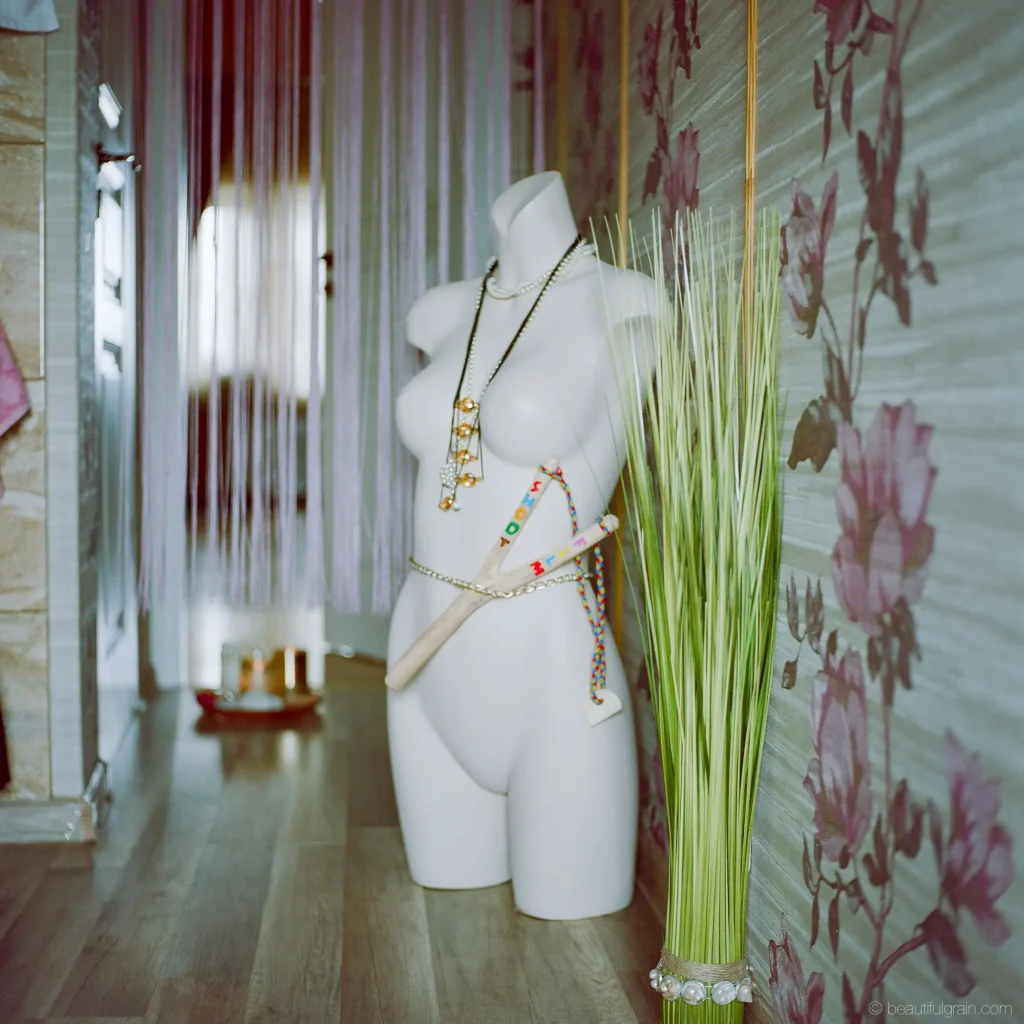
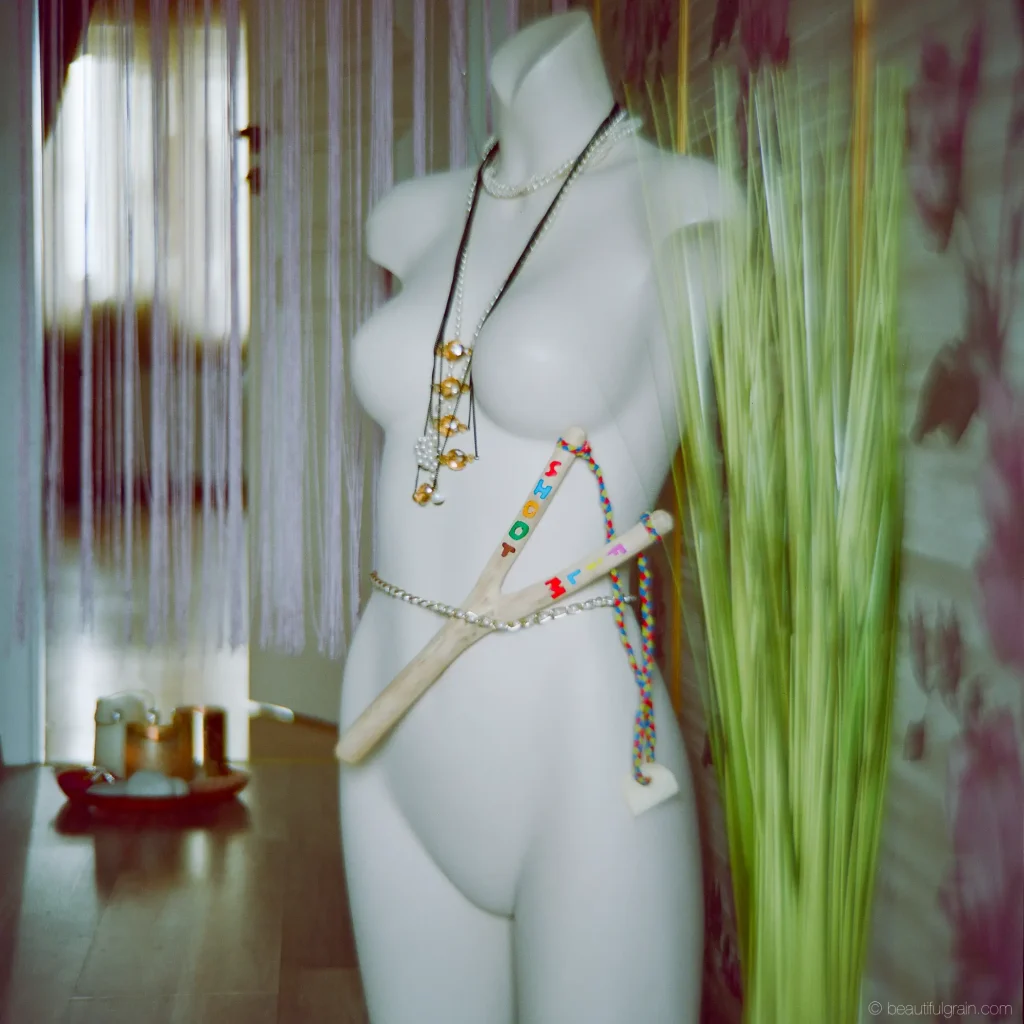
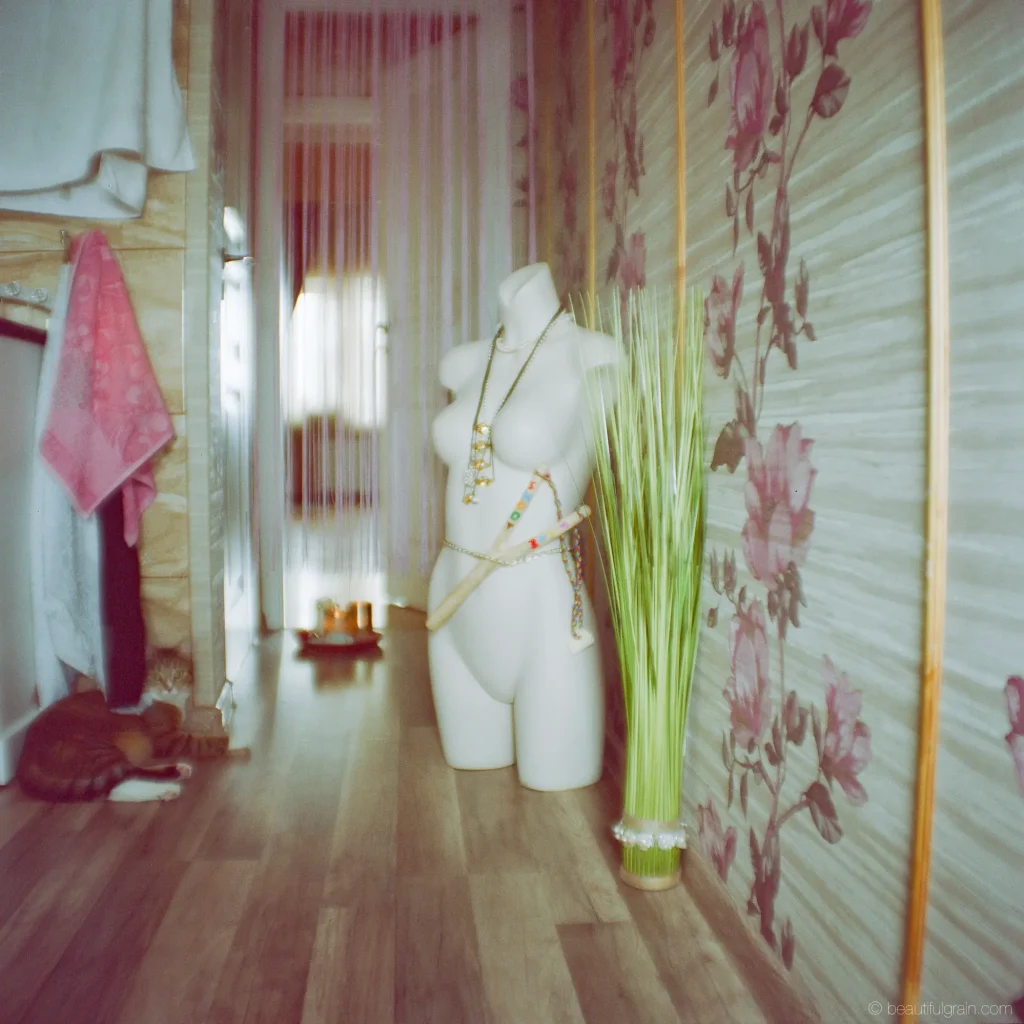
f/8 test shots
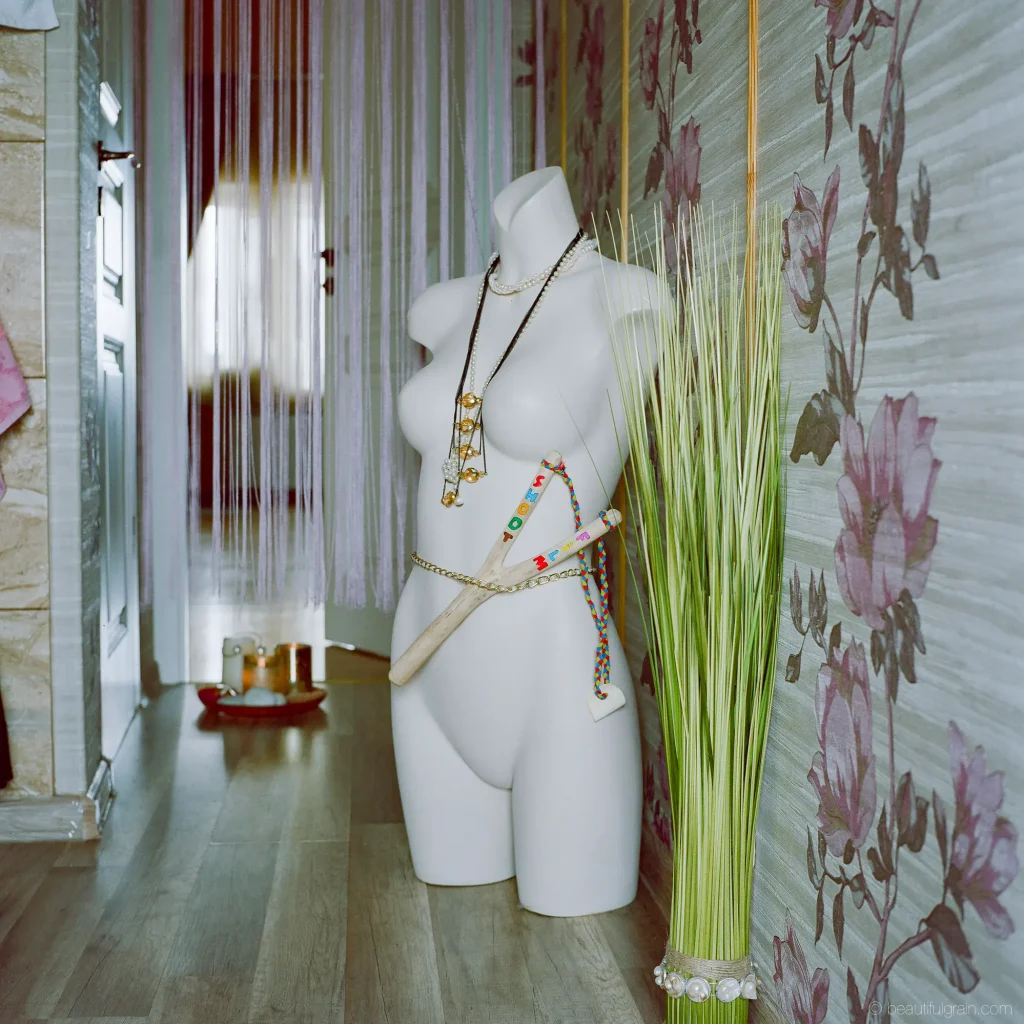
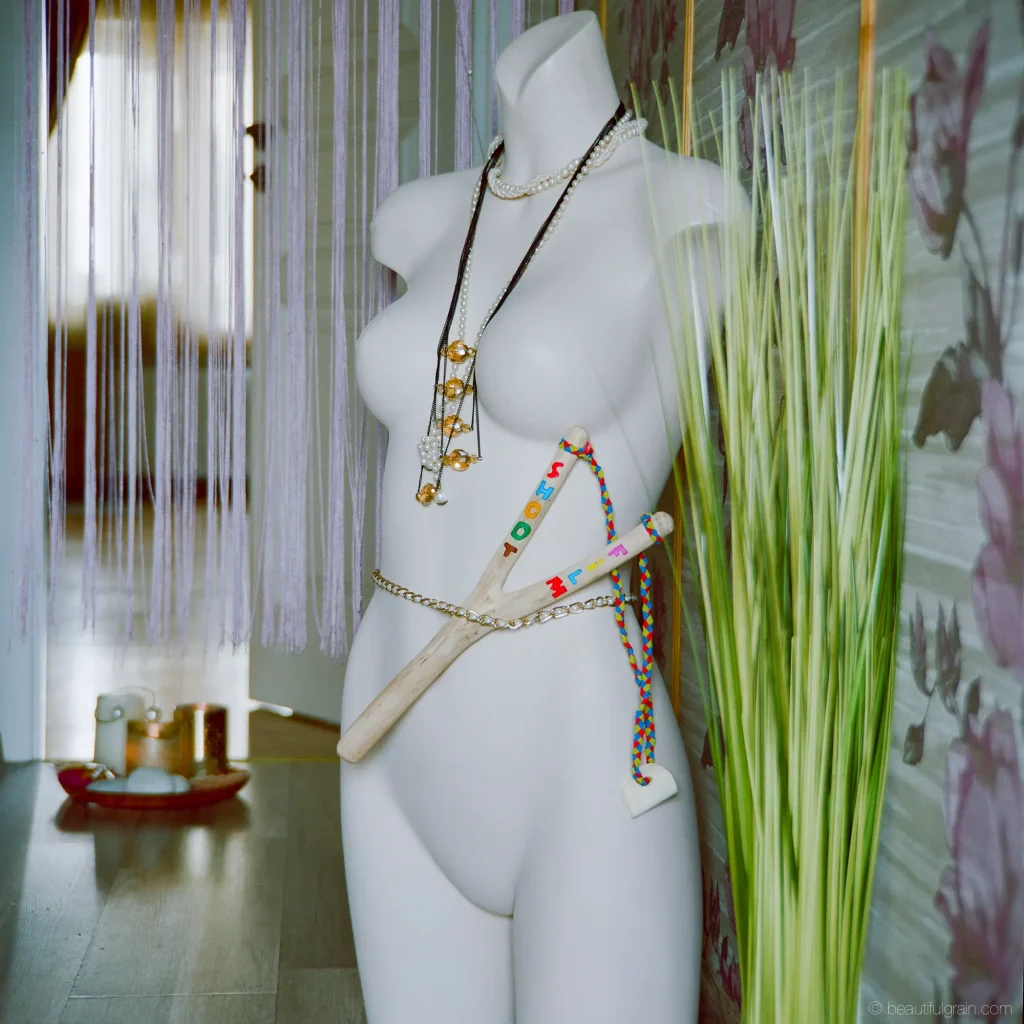
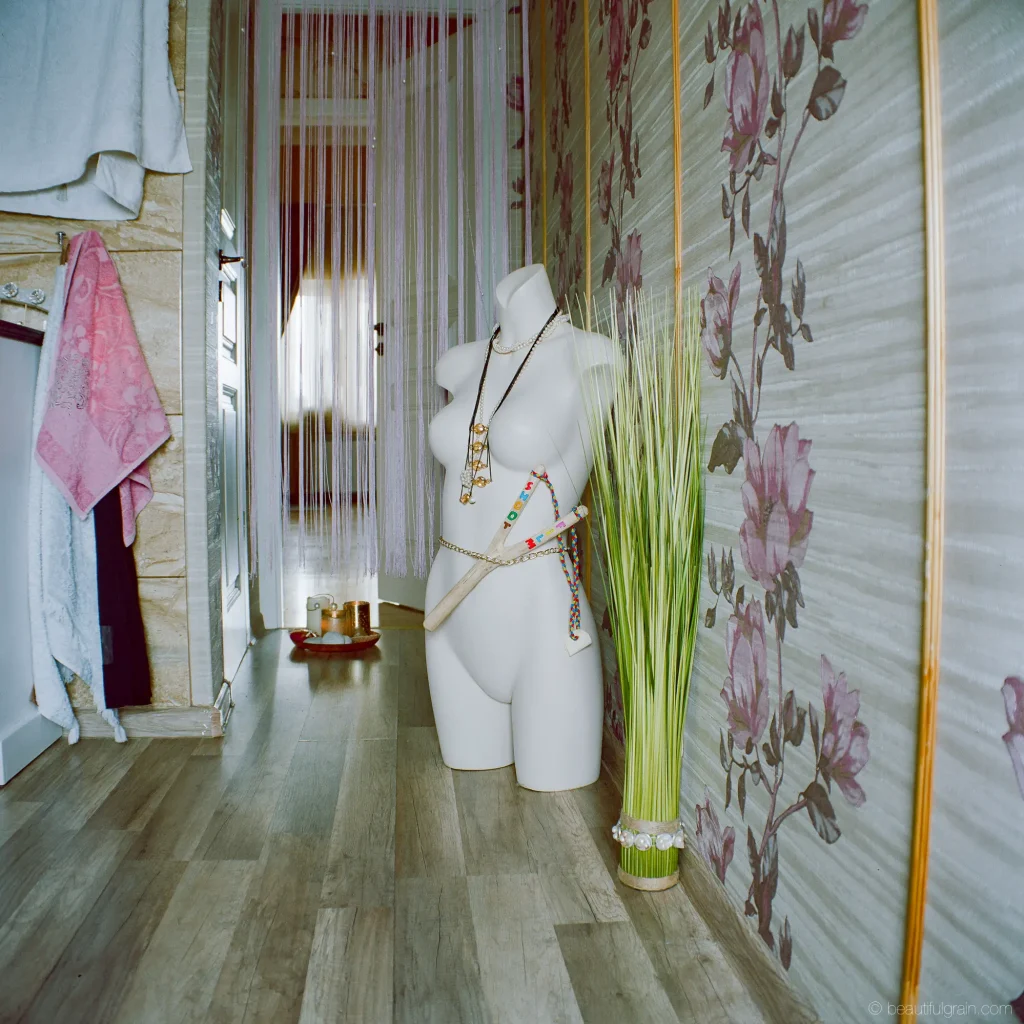
Final thoughts
A short summary of the Yashica MAT 124G: this camera is awesome! The standard lens is outstanding with specific “vintage lens” look into images though the lens hood is a must!
In terms of the other accessories I have bought, my experience is that the close focus lens is very useful addition. I’ve not had much luck with the telephoto lens which is practically useless to me due to an inability to focus it properly – I just zoom in with my feet instead. The wide lens helps in special situations with some allowances for image quality. It also lets me creates some fairly surreal, artsy images if used in a way that plays on its flaws.
As for my personal story going from a complicated camera setup, to a simple one-camera-one-lens setup – in the end I didn’t ruin my tranquility and concentration by getting involved with the accessories. Everything still falls into place with the Yashica MAT 124G. I know what tool to use for each occasion and don’t get bogged down fussing and playing with gear instead of getting the job (fun) done.
Thanks for bearing with me and this long story! As usual more shots could be found here: http://www.beautifulgrain.com
Share this post:
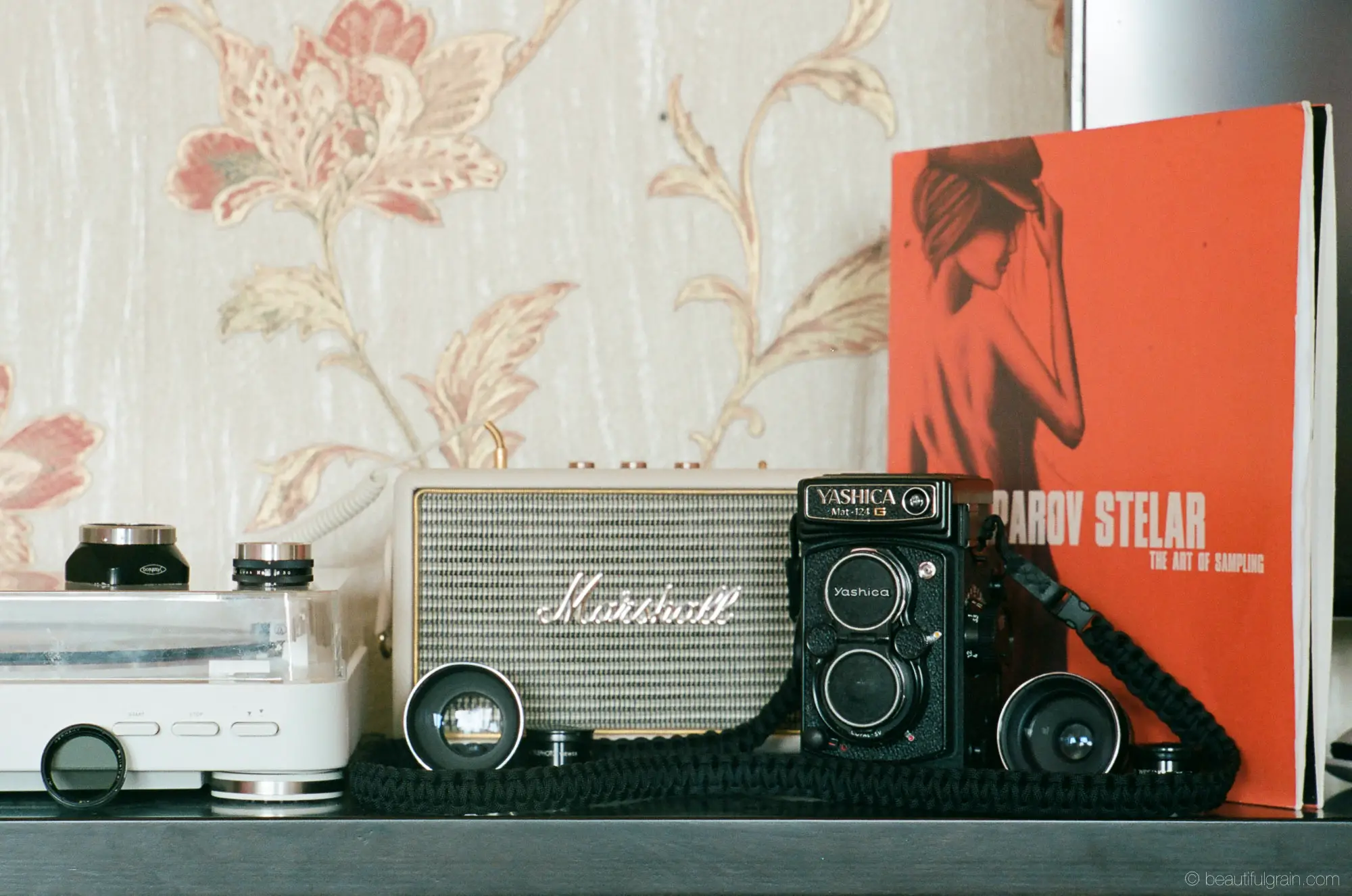








Comments
eric on Yashica MAT 124G (and its auxiliary lenses) Review – By Aivaras
Comment posted: 28/06/2019
Zvonimir on Yashica MAT 124G (and its auxiliary lenses) Review – By Aivaras
Comment posted: 28/06/2019
P.S. Square format doesn't matter in the darkroom. You can crop any way you want. Z
Comment posted: 28/06/2019
Comment posted: 28/06/2019
Phil Harrison on Yashica MAT 124G (and its auxiliary lenses) Review – By Aivaras
Comment posted: 28/06/2019
Comment posted: 28/06/2019
Graham Orbell on Yashica MAT 124G (and its auxiliary lenses) Review – By Aivaras
Comment posted: 28/06/2019
In my opinion, the Rolleiflex has a bit better quality of build but the difference is not great and the results are pretty well indistinguishable.
I currently own a Rolleiflex and a Rolleicord both from about 1955 and both in as new condition. I also had a Yashicamat that I gave to my grandson when he briefly became interested in photography. I could hardly have a use for 3 TLRs in the digital age.
A couple of days ago I bought a roll of Portra 400 for the Rolleiflex and will soon be enjoying using film once more. Hopefully my grandson might be inspired to use the Yashicamat.
Comment posted: 28/06/2019
Terry B on Yashica MAT 124G (and its auxiliary lenses) Review – By Aivaras
Comment posted: 28/06/2019
I got my first 'Mat in 1963 and that one had a particularly fine lens. The lens in my second 'Mat wasn't as good. I purchased both cameras new, so there could only be batch variation to blame. So buying today, what should we expect from used/abused samples? This is probably why getting a 124G. the last of the line, should be a safer, but not necessarily so, option. As I did my own B/W d&p this experience prompted my move to a Mamiya C330f (and much later to a 330S and Rolleiflex 3.5f and which I still have) and whose lenses were superior to even my first 'Mat. The comparisons using analogue photographic enlargements i.e. wet process prints, and not digital scans, were noticeable, although I wouldn't say that the differences bore any resemblance to price differences, and how good the negs were from my first 'Mat, which attests to the high standard, generally, of the Yashinon, and the overall good value of the Yashica camera.
For those interested in the range of Yashica TLR cameras, probably the best site is Paul Sokk's. He's devoted a lot of time to the history of Yashica TLR's and is a mine of information. Find it here: http://www.yashicatlr.com/index.html
jon campo on Yashica MAT 124G (and its auxiliary lenses) Review – By Aivaras
Comment posted: 29/06/2019
Huss on Yashica MAT 124G (and its auxiliary lenses) Review – By Aivaras
Comment posted: 29/06/2019
So yeah, if you get a good one they are wonderful cameras.
Kodachromeguy on Yashica MAT 124G (and its auxiliary lenses) Review – By Aivaras
Comment posted: 29/06/2019
1. I think the wide adapter at f/8 is totally useable.
2. Mark Hama repaired a RolleifleX 3.5E for me that had been fouled up by another Rolleiflex repairman. Mark did a great job and within a couple of weeks, as I recall. (The other repairman was once regarded as one of the experts in the USA, but he was clearly past his prime and had become sloppy.)
Now you have inspired me to put a roll of Panatomic-X in my Rolleiflex and head out.
Charles Morgan on Yashica MAT 124G (and its auxiliary lenses) Review – By Aivaras
Comment posted: 29/06/2019
Aivaras on Yashica MAT 124G (and its auxiliary lenses) Review – By Aivaras
Comment posted: 29/06/2019
Alessandro Chiarotto on Yashica MAT 124G (and its auxiliary lenses) Review – By Aivaras
Comment posted: 13/02/2020
Comment posted: 13/02/2020
Jerome C on Yashica MAT 124G (and its auxiliary lenses) Review – By Aivaras
Comment posted: 19/06/2020
BTW, came a across a yashica pdf that said wide and telephoto lenses should not be used with an aperture below 5.6
Thanks again!!!
Comment posted: 19/06/2020
Peter Chelsom on Yashica MAT 124G (and its auxiliary lenses) Review – By Aivaras
Comment posted: 16/04/2021
Comment posted: 16/04/2021
Bud Sisti on Yashica MAT 124G (and its auxiliary lenses) Review – By Aivaras
Comment posted: 31/10/2022
Leonel LeyCar on Yashica MAT 124G (and its auxiliary lenses) Review – By Aivaras
Comment posted: 07/12/2023
I Have a Yashica Mat125g and this información Is very useful to me!
Very complete and nice description of all parts of the camera.
And good test shoots!